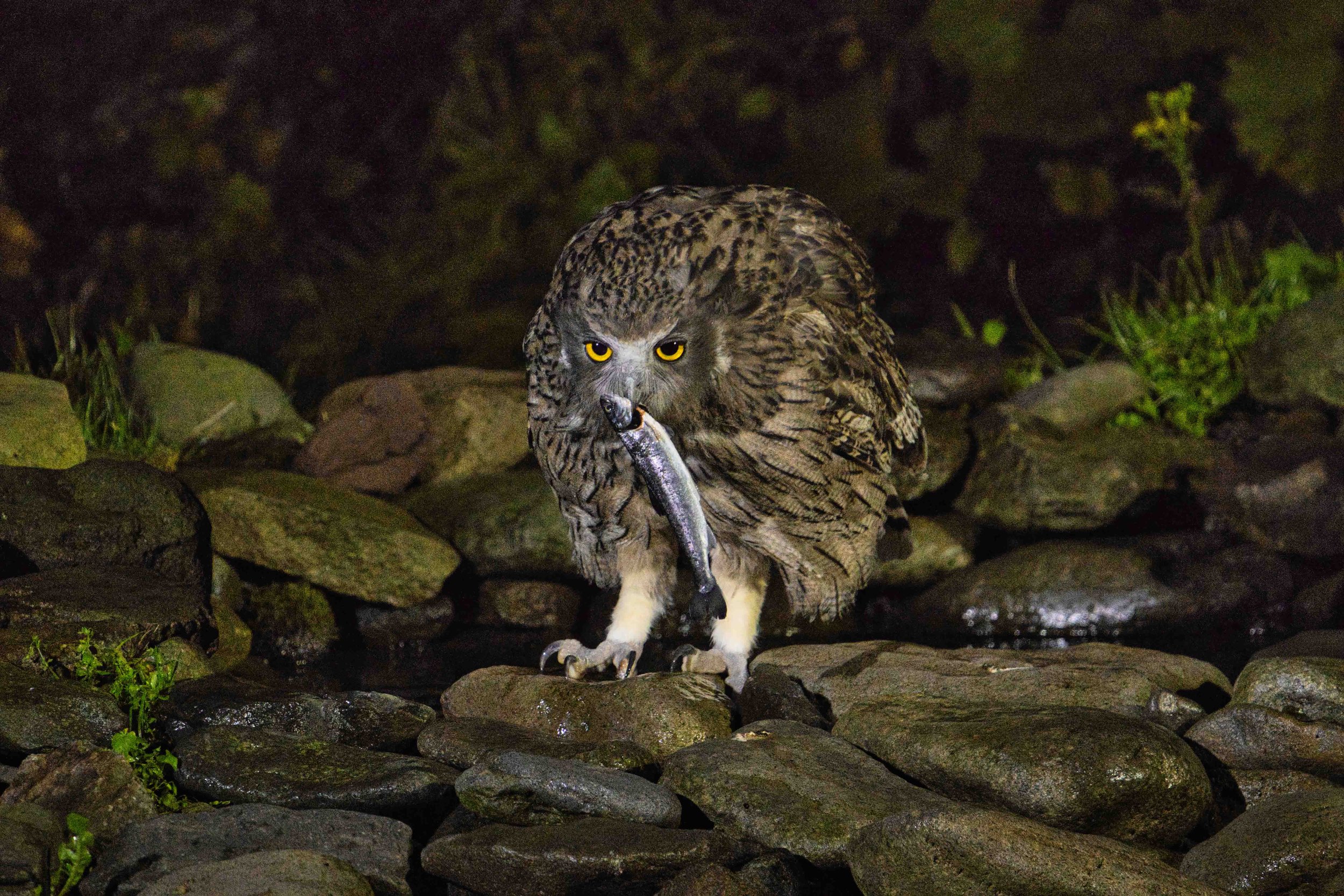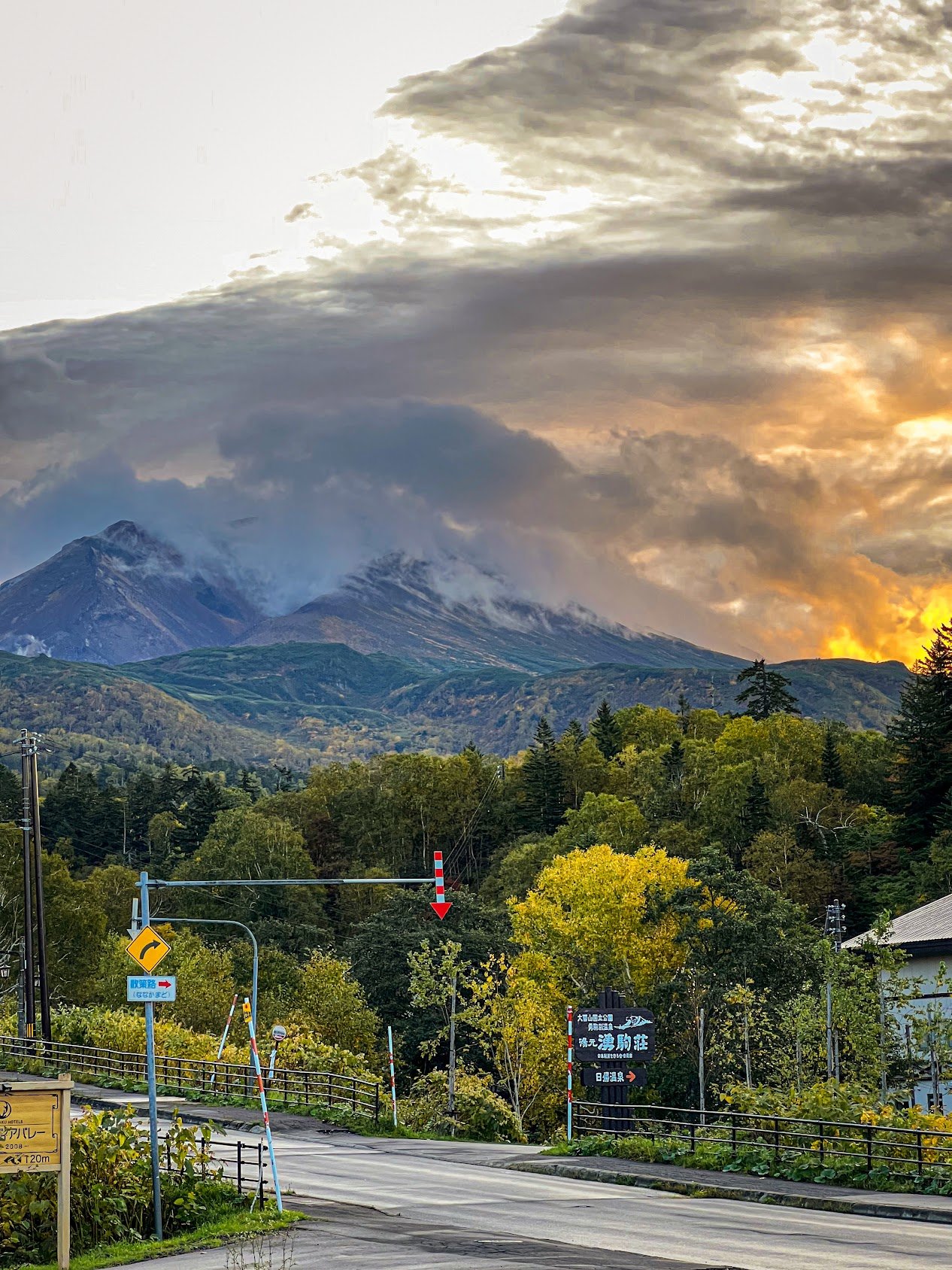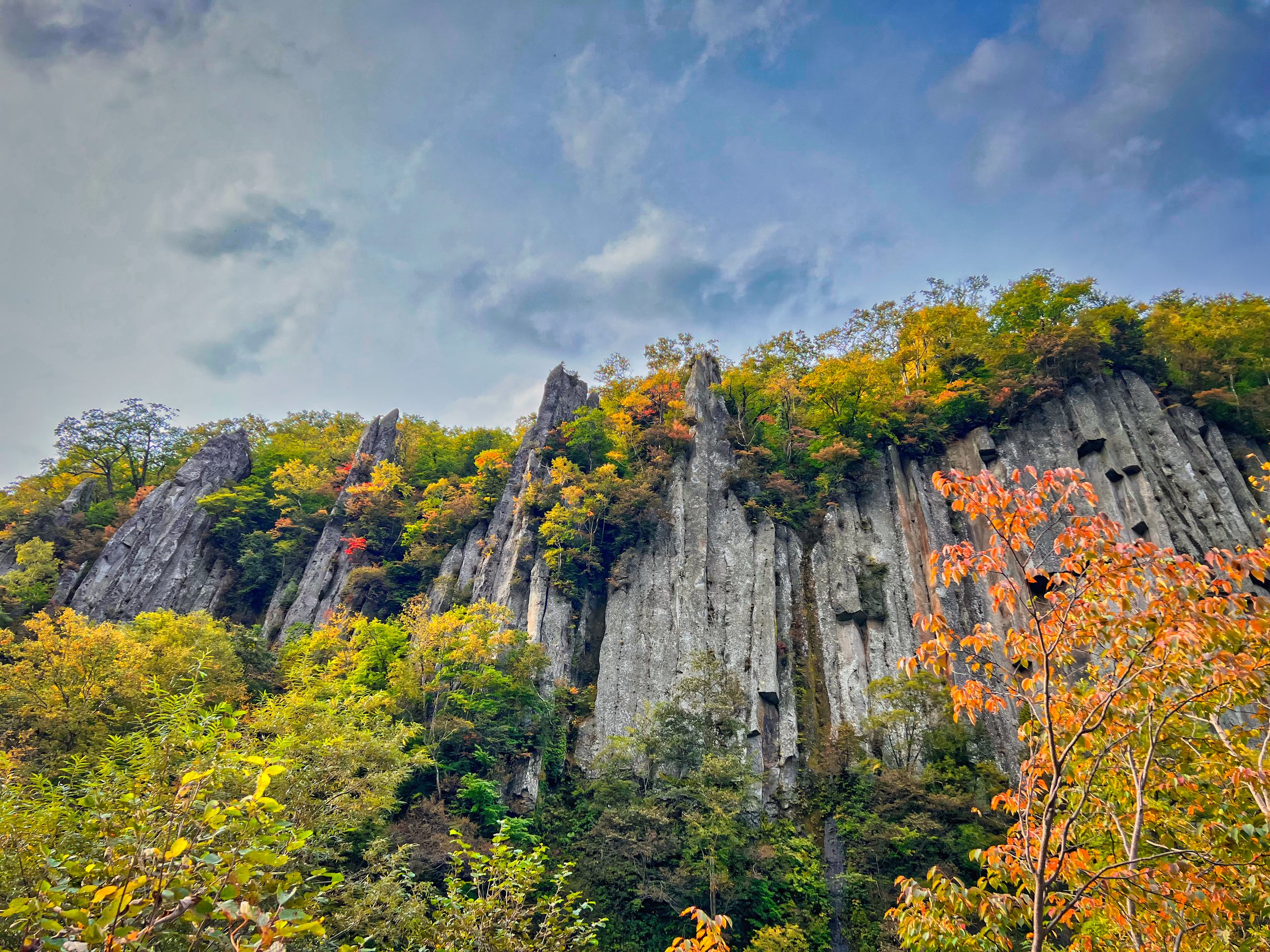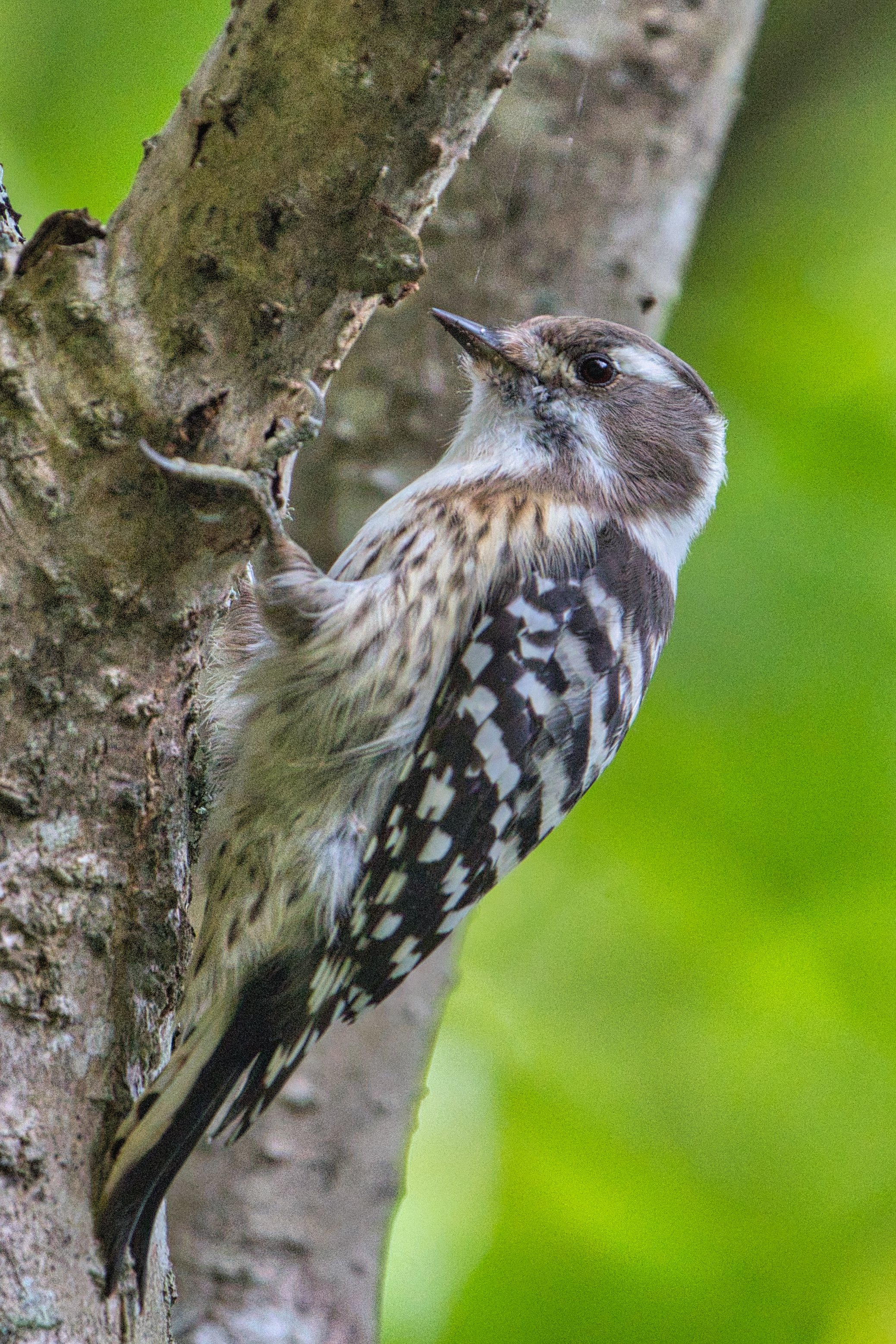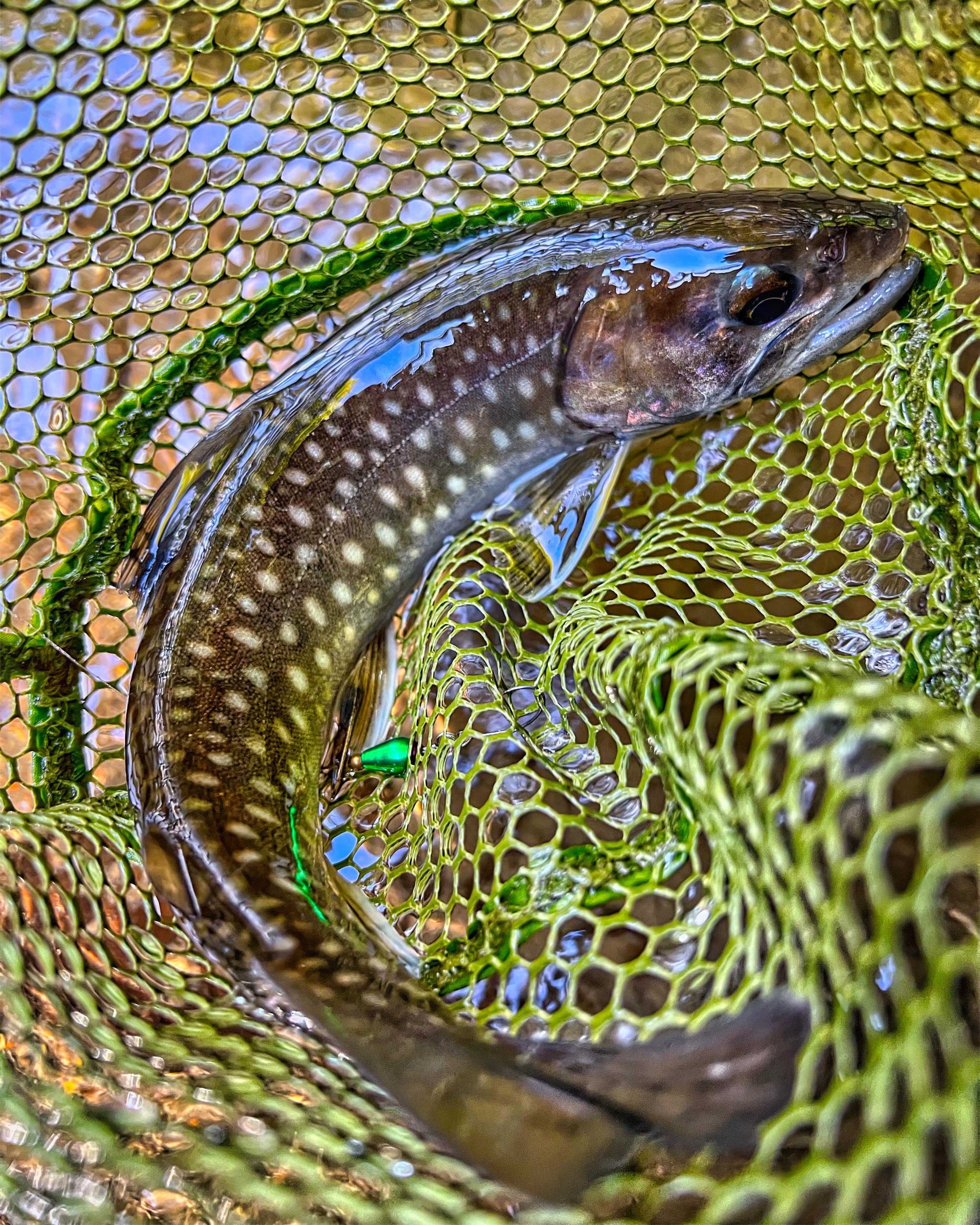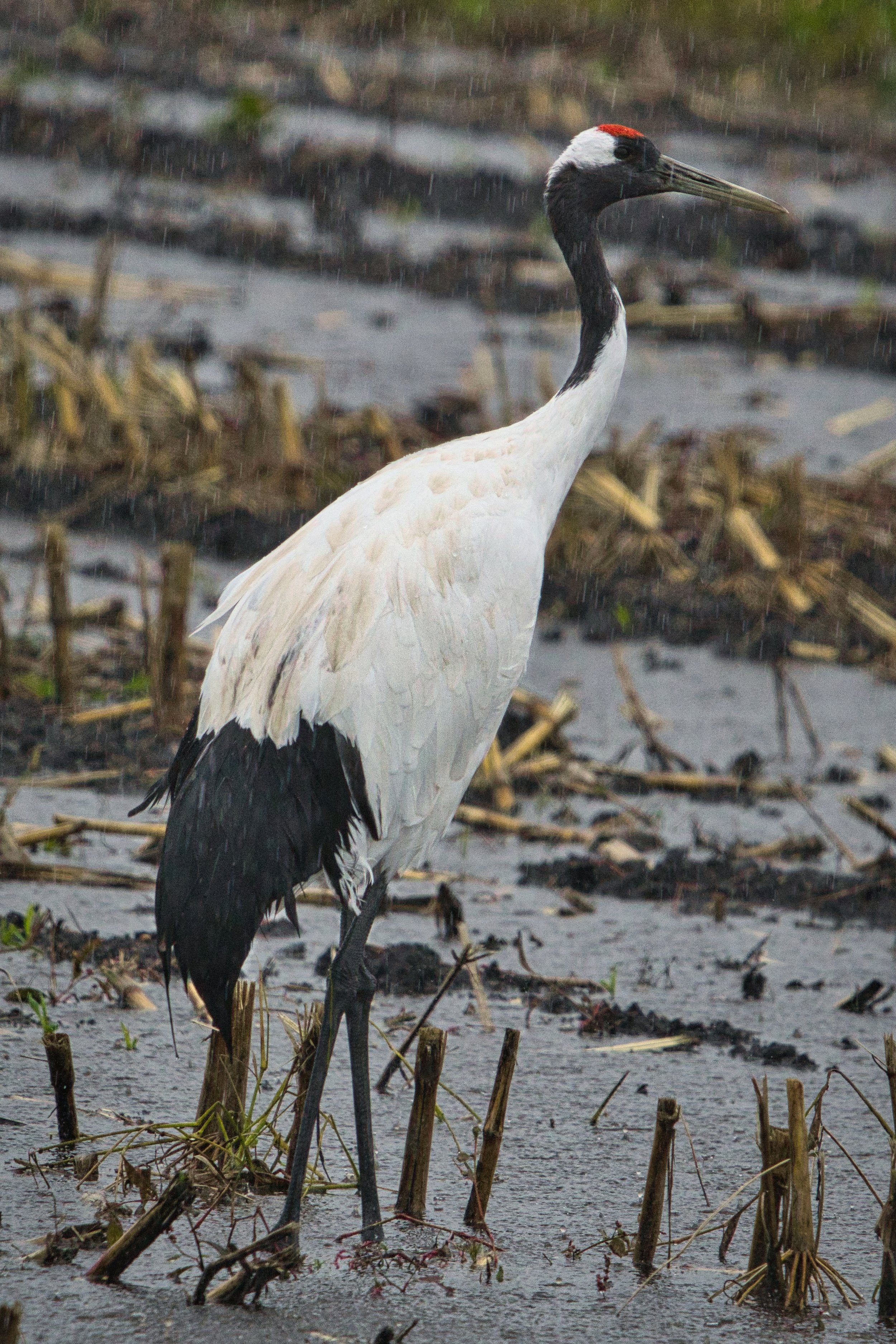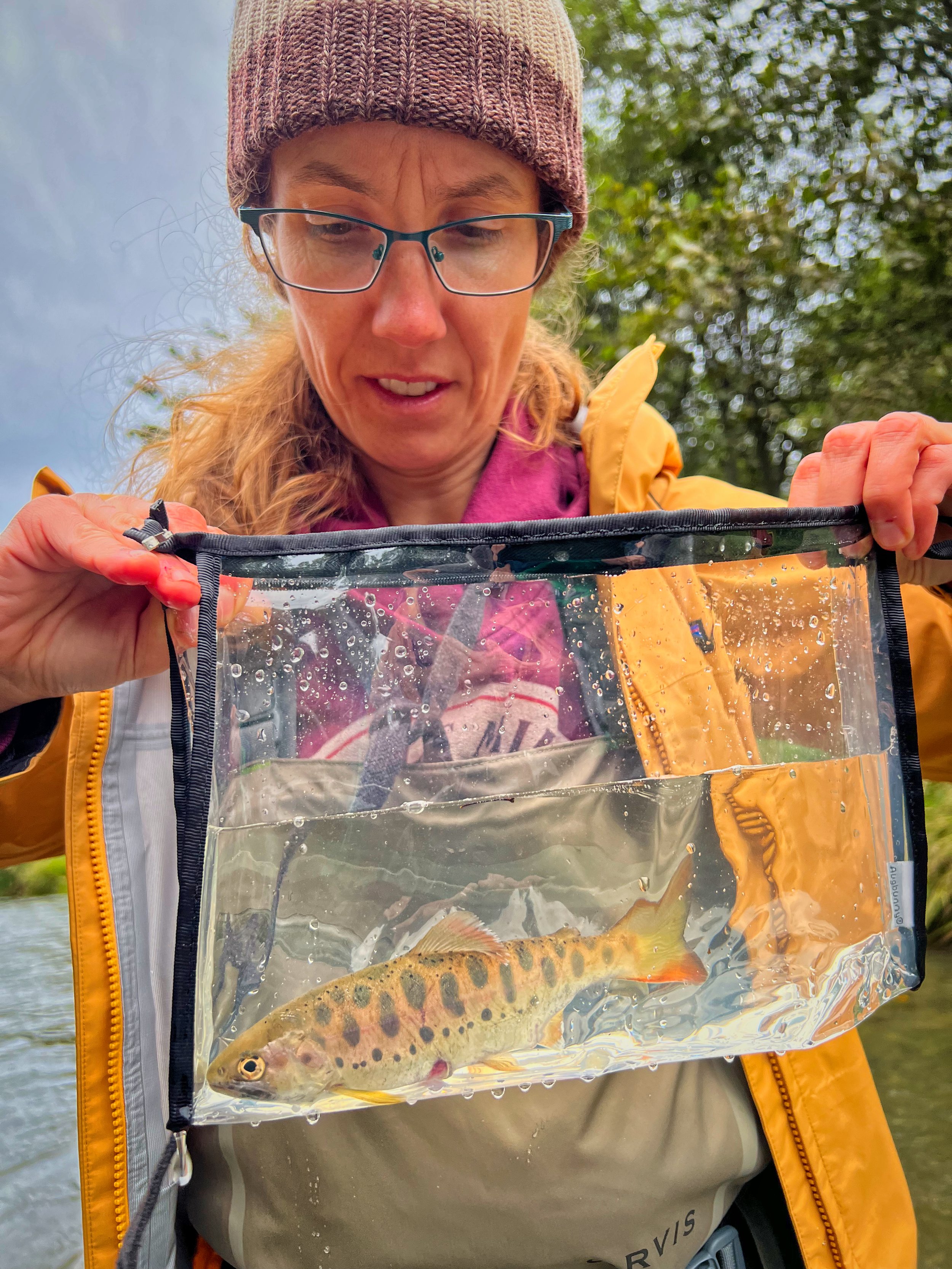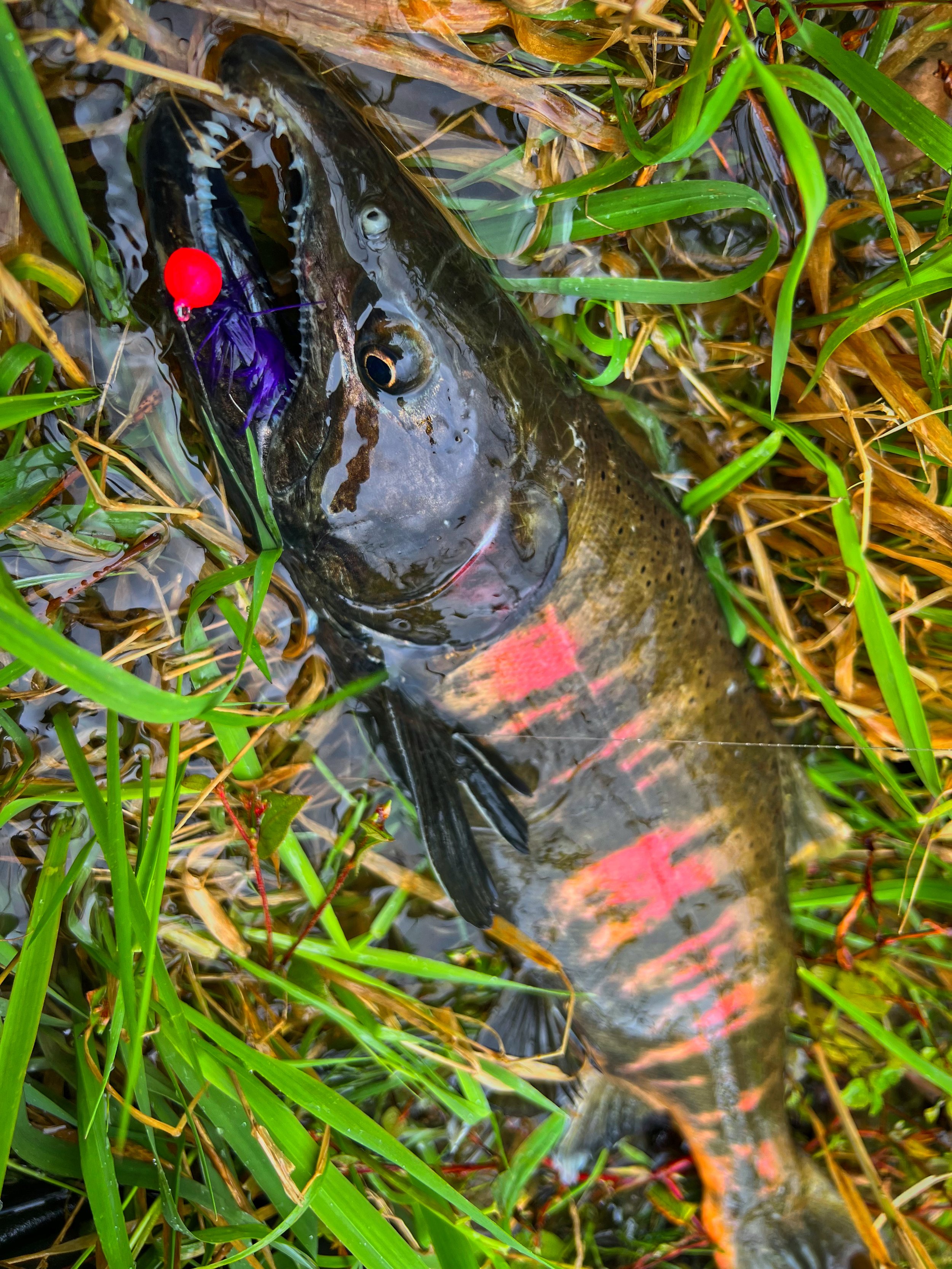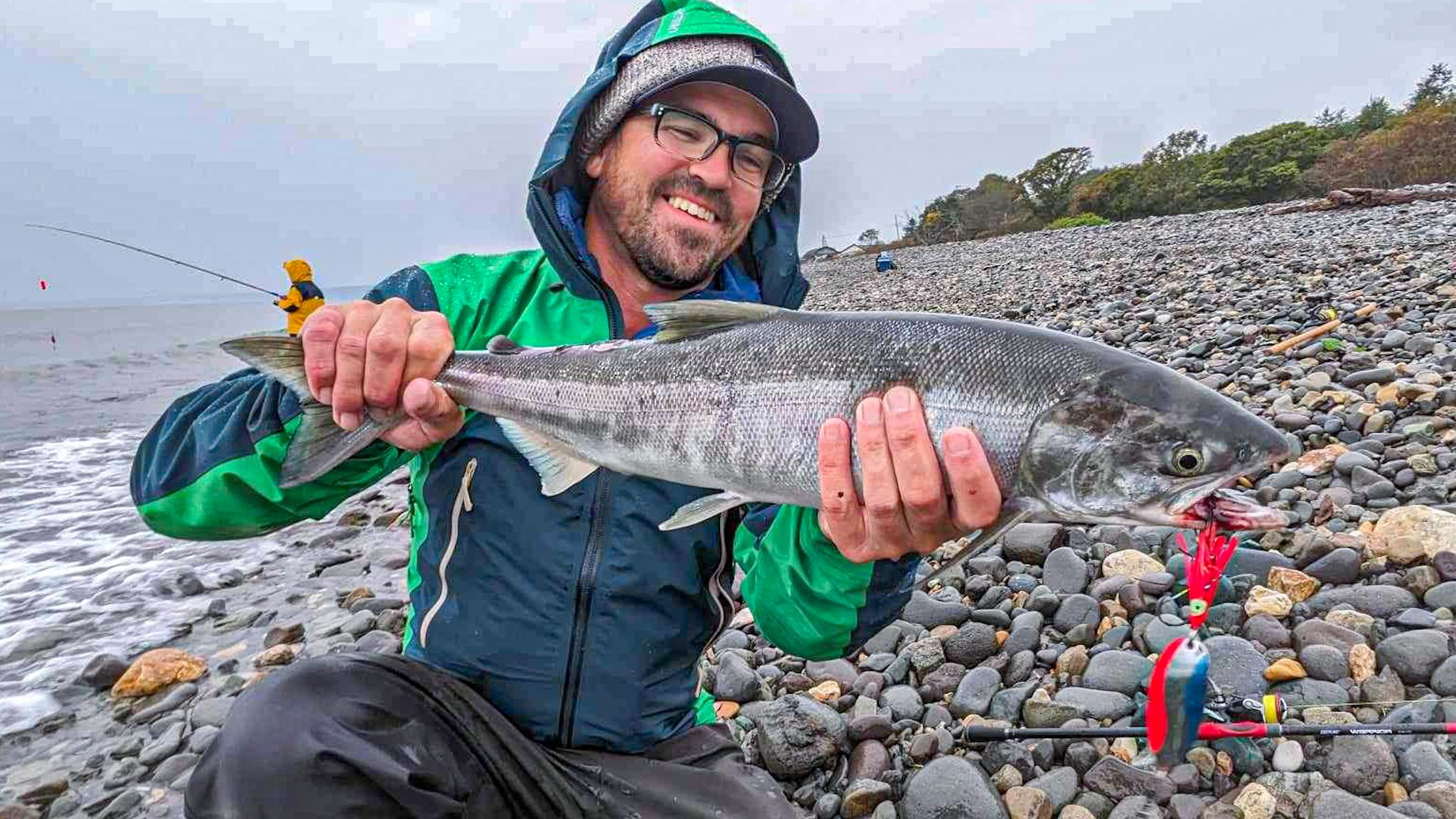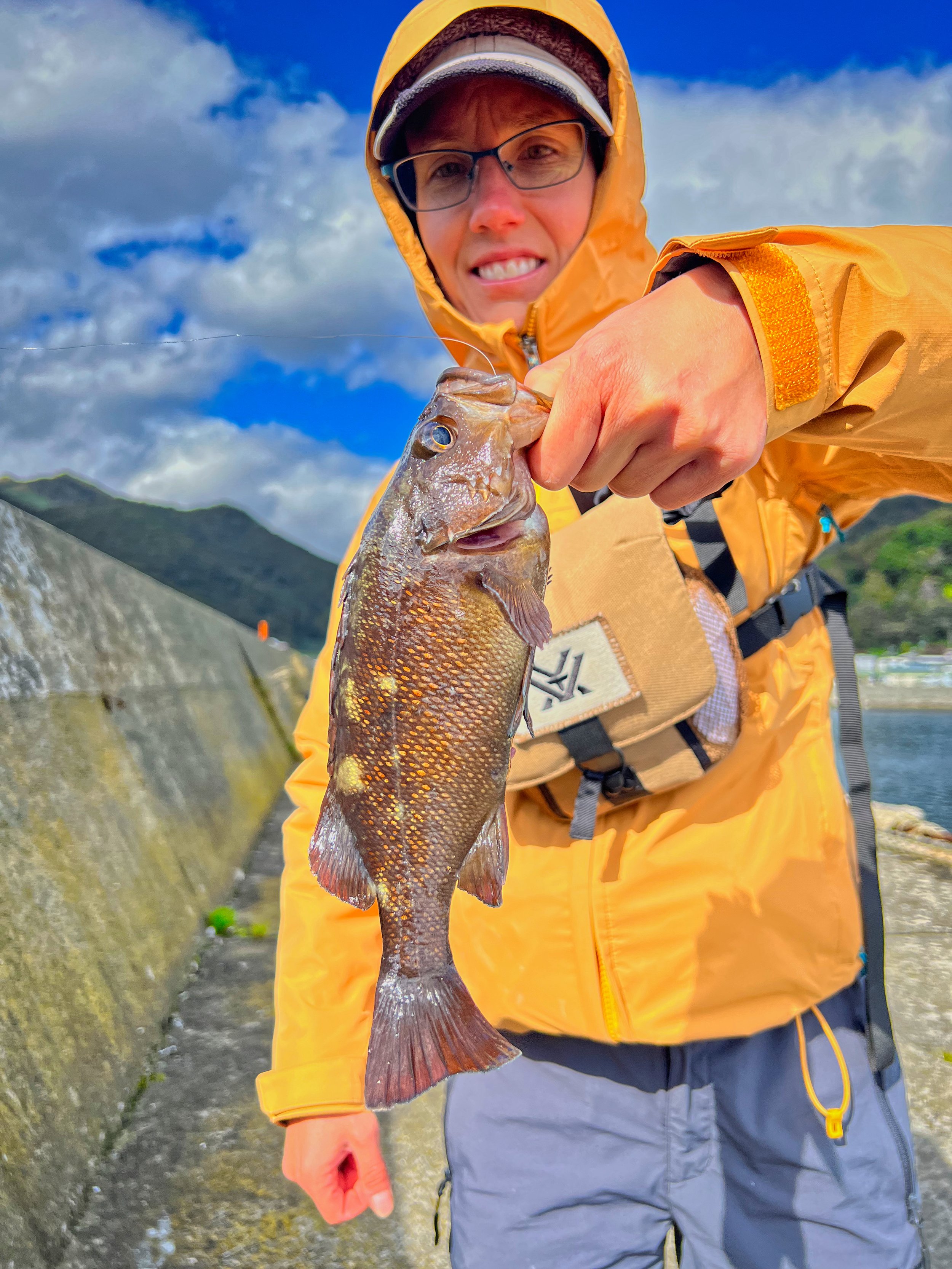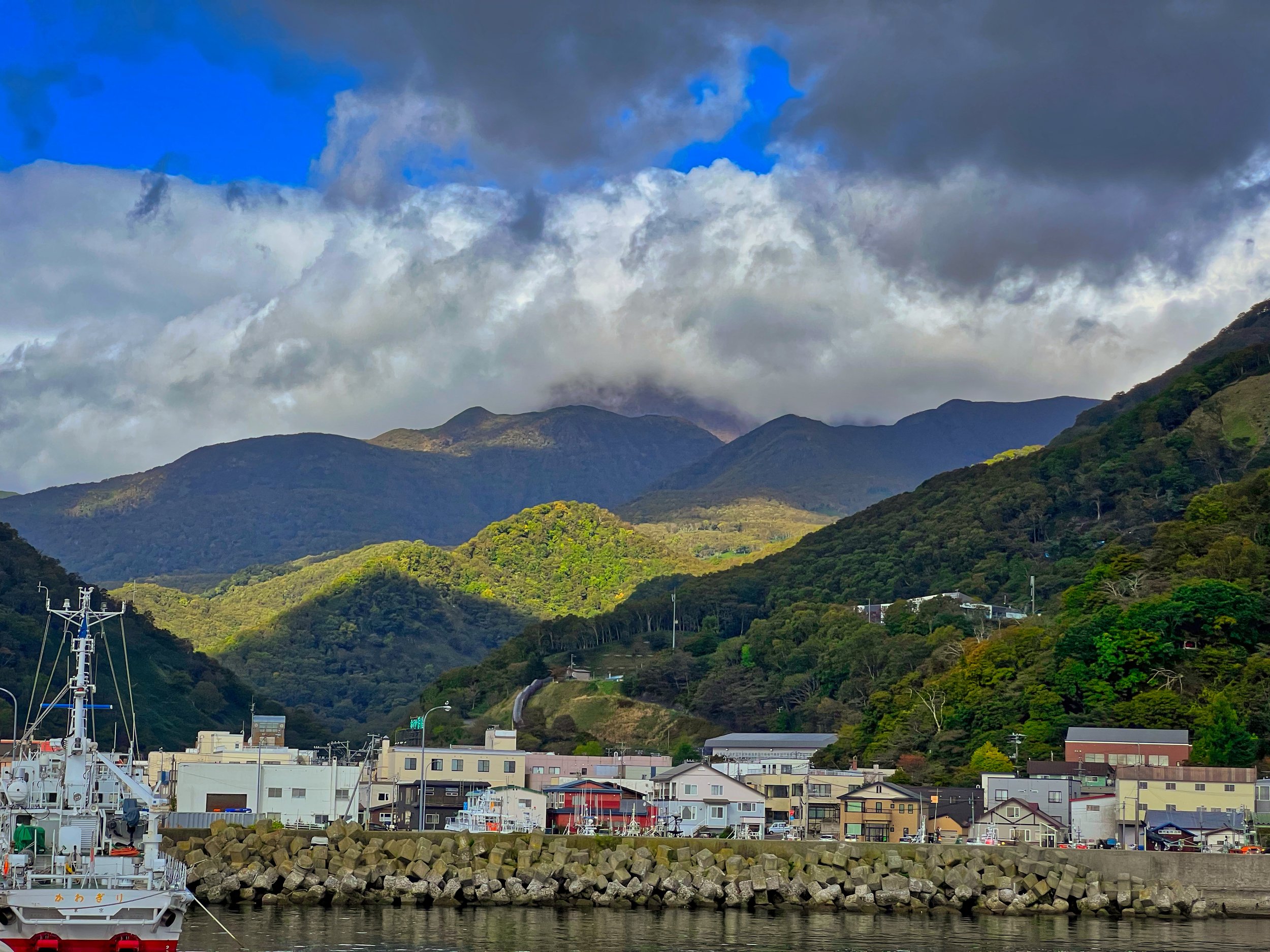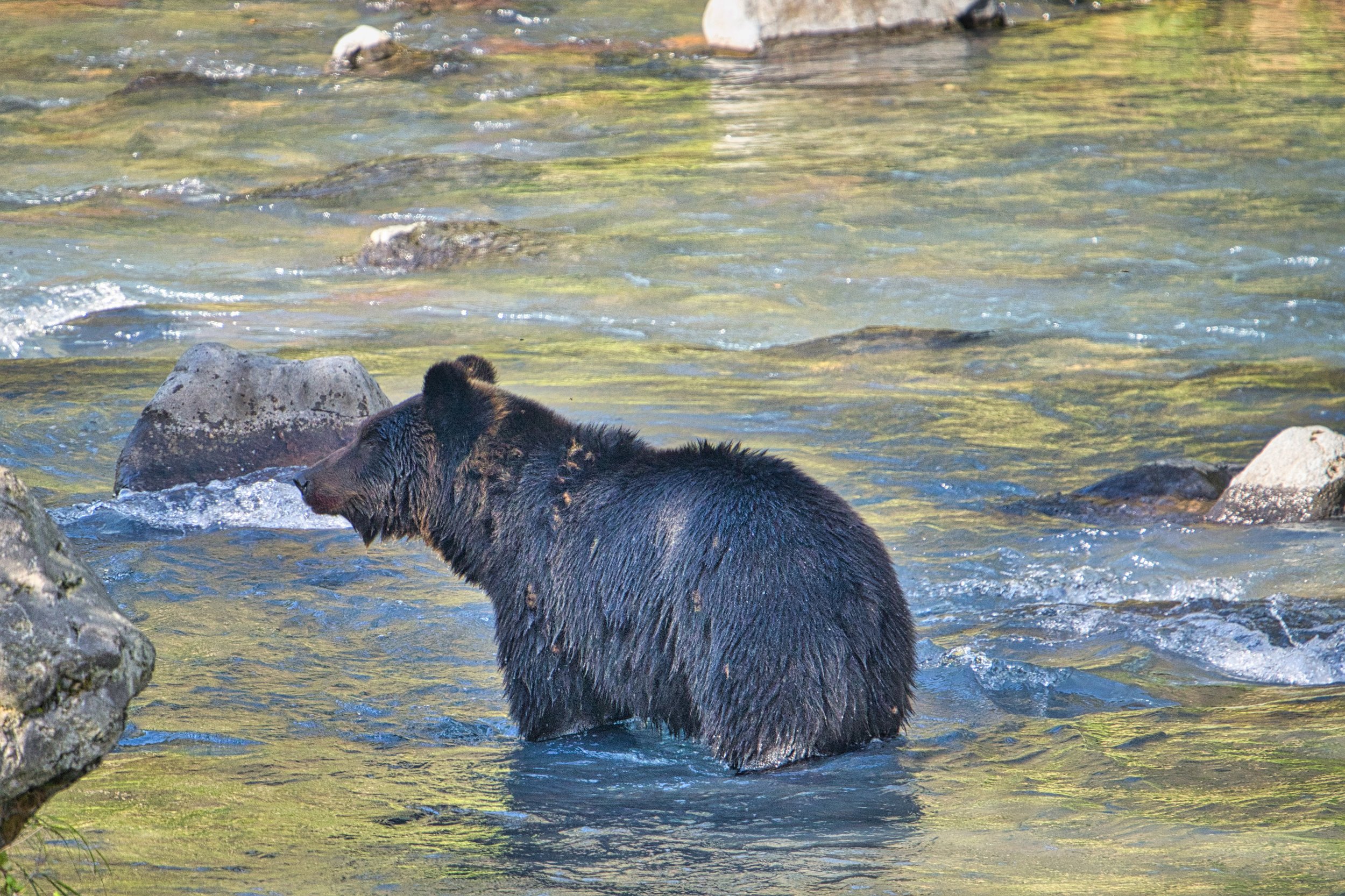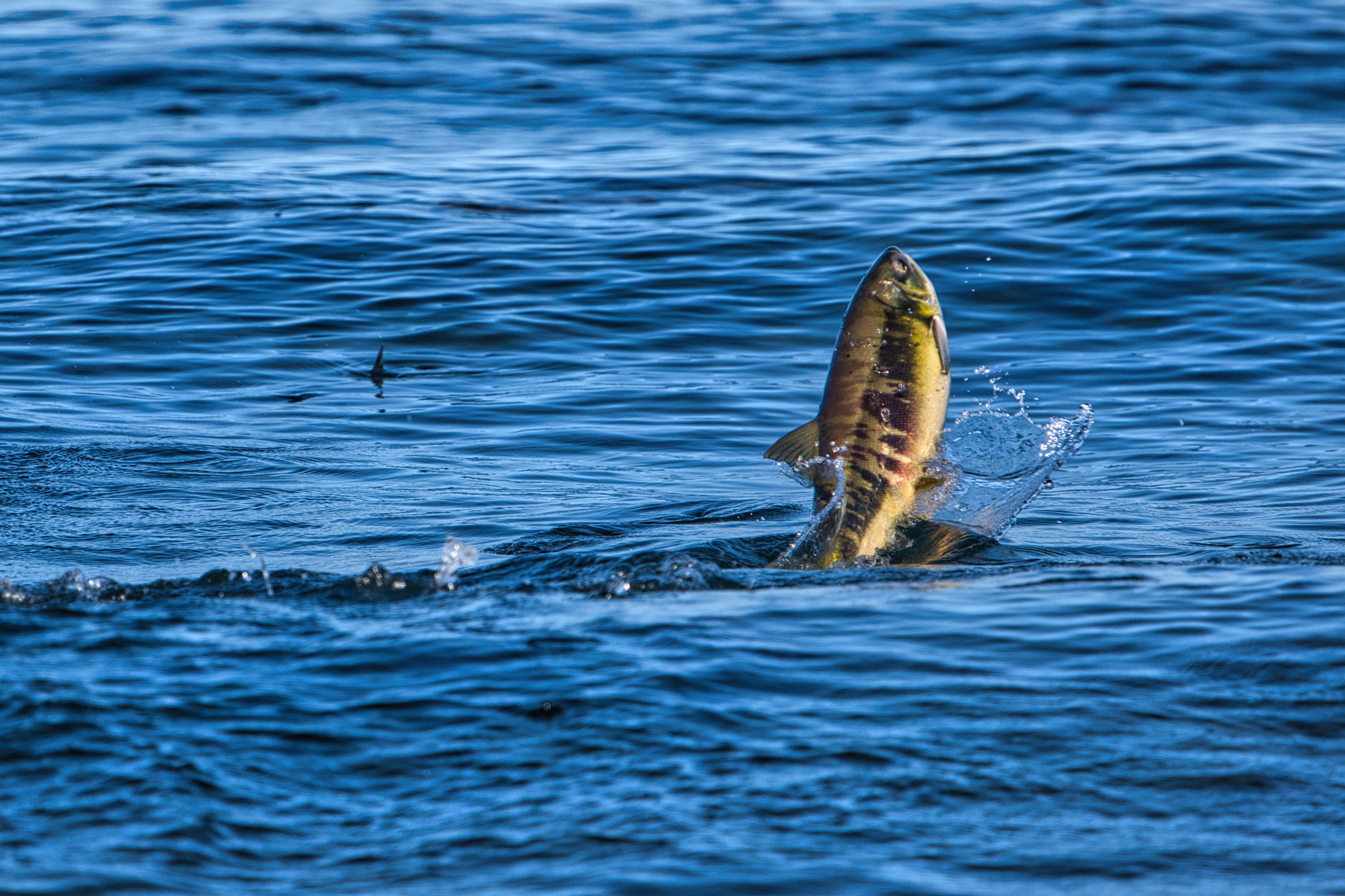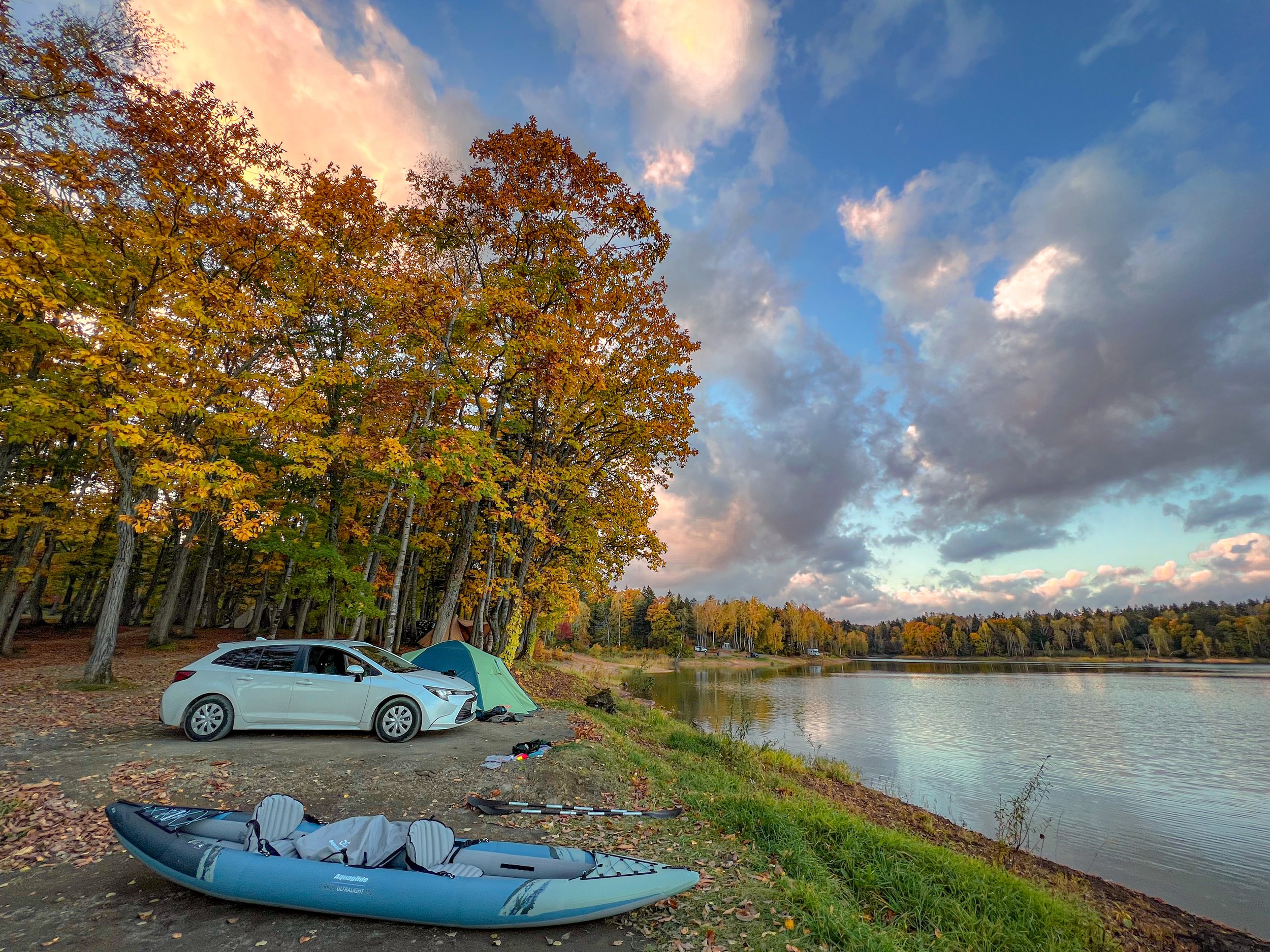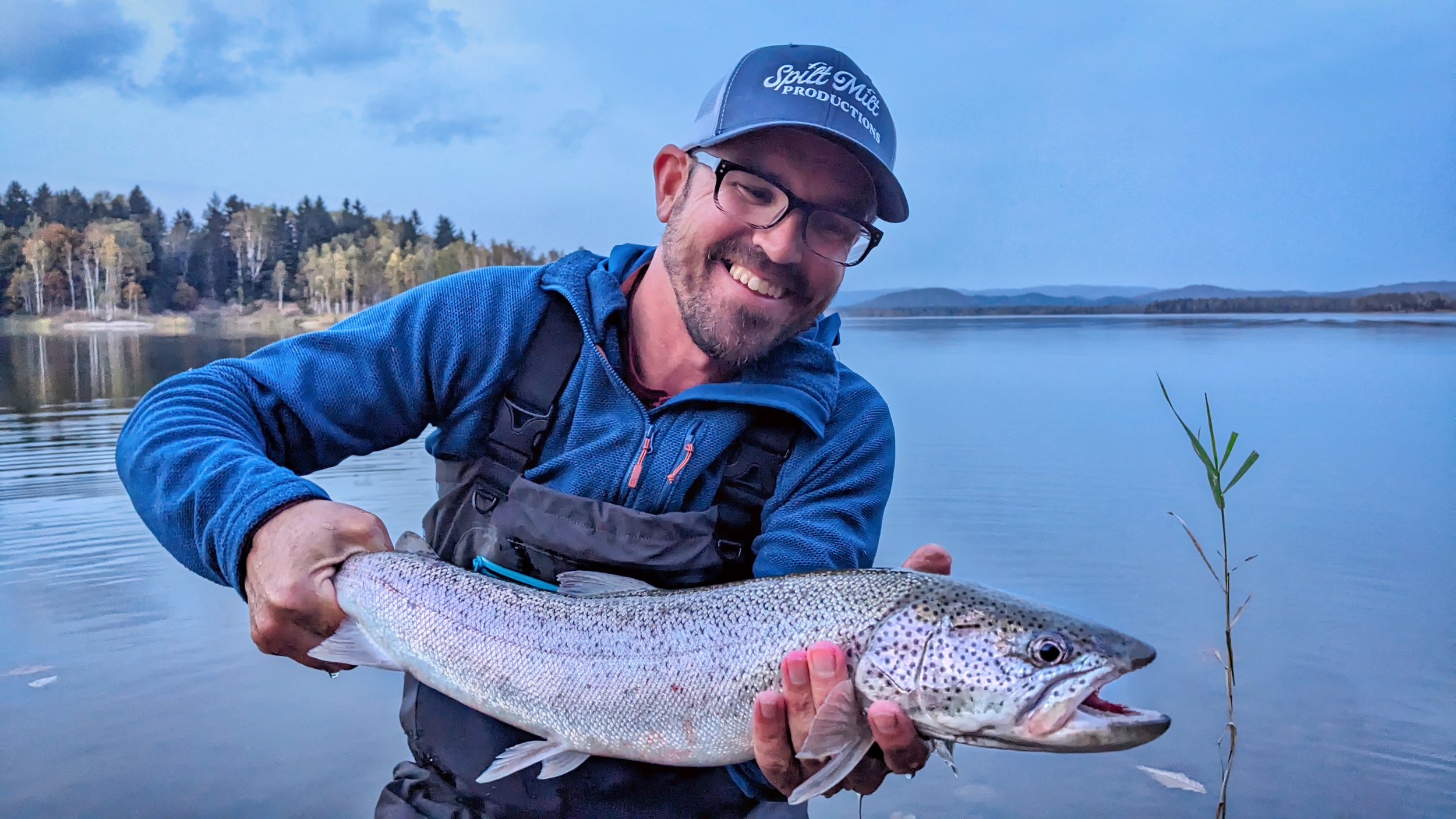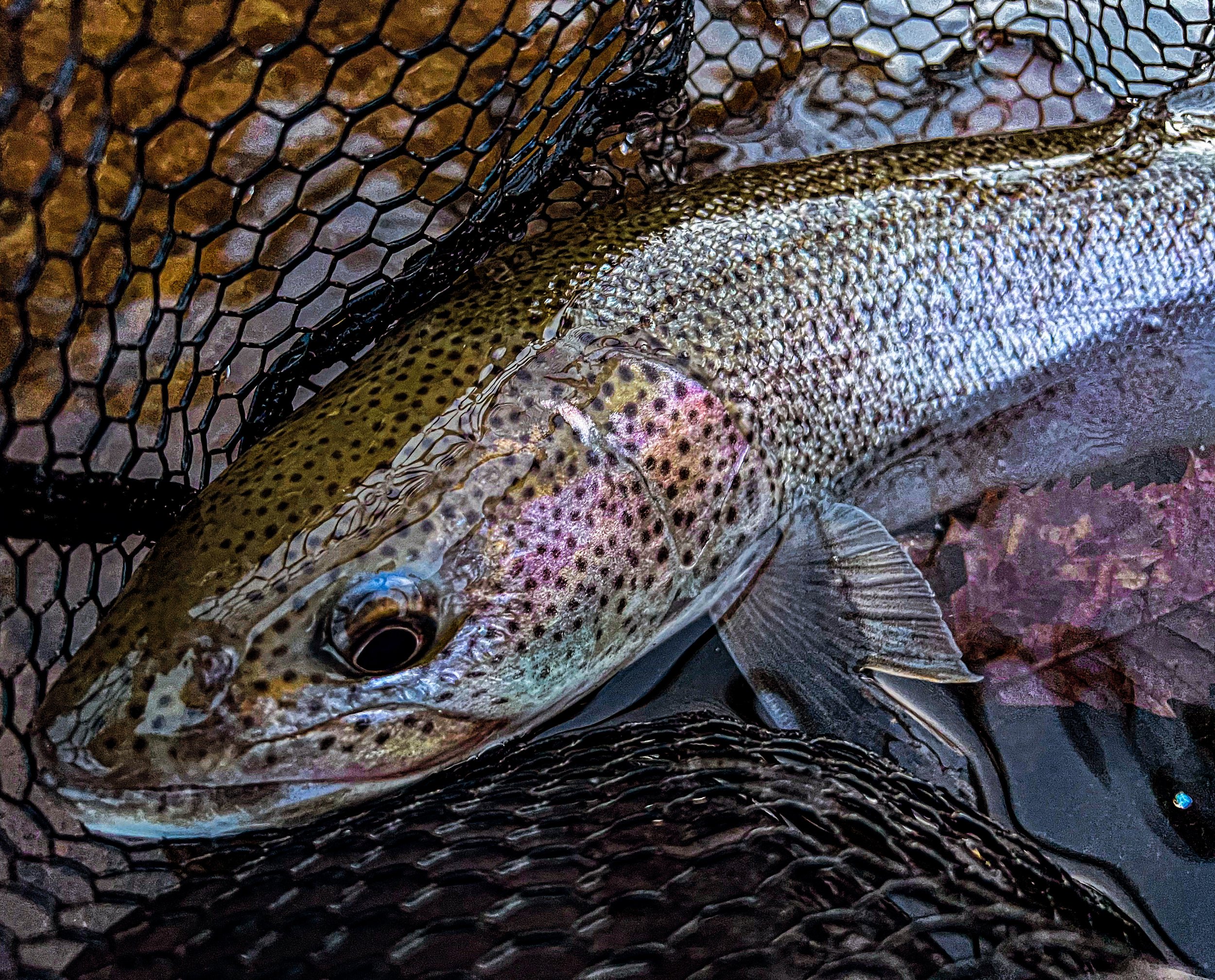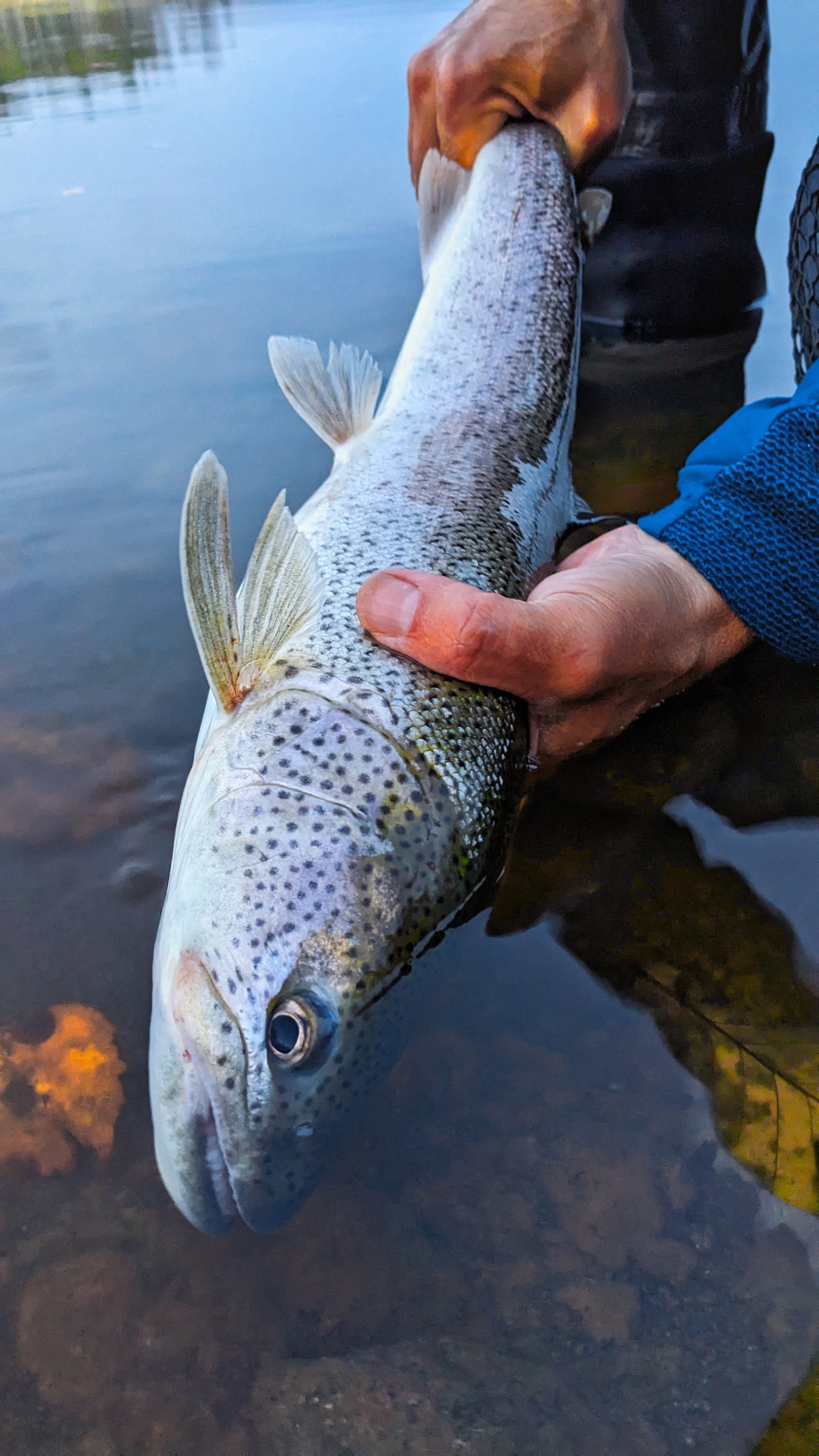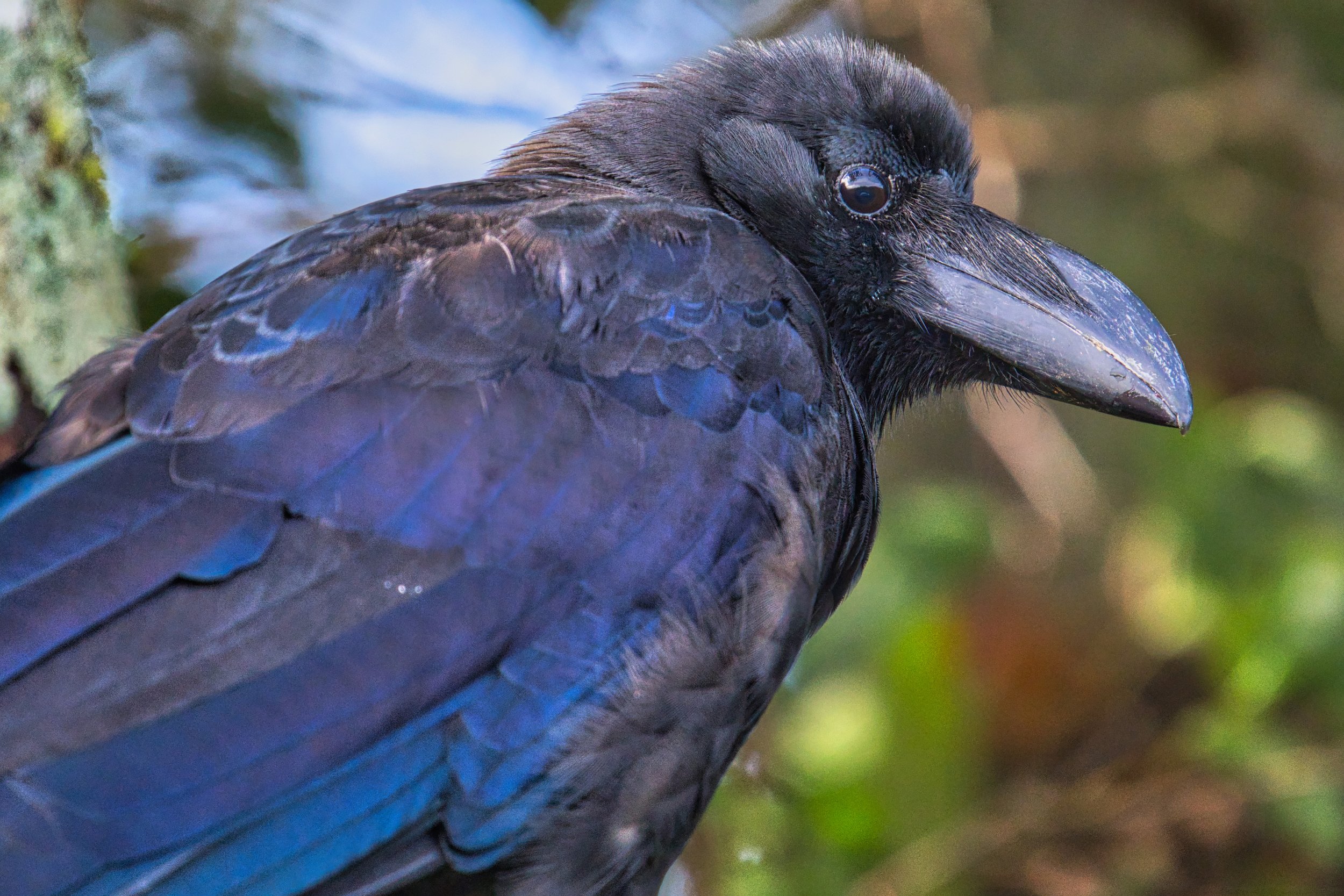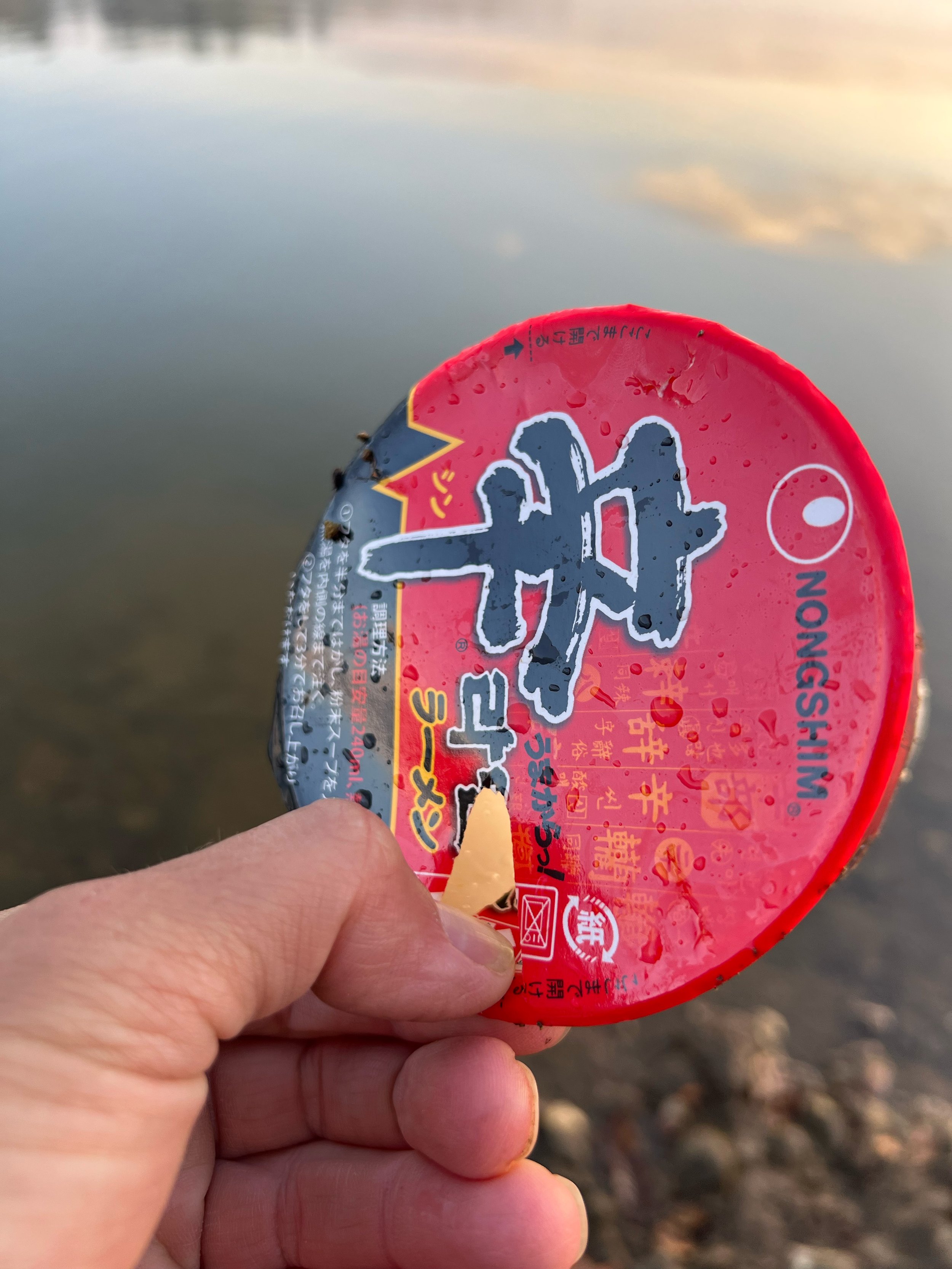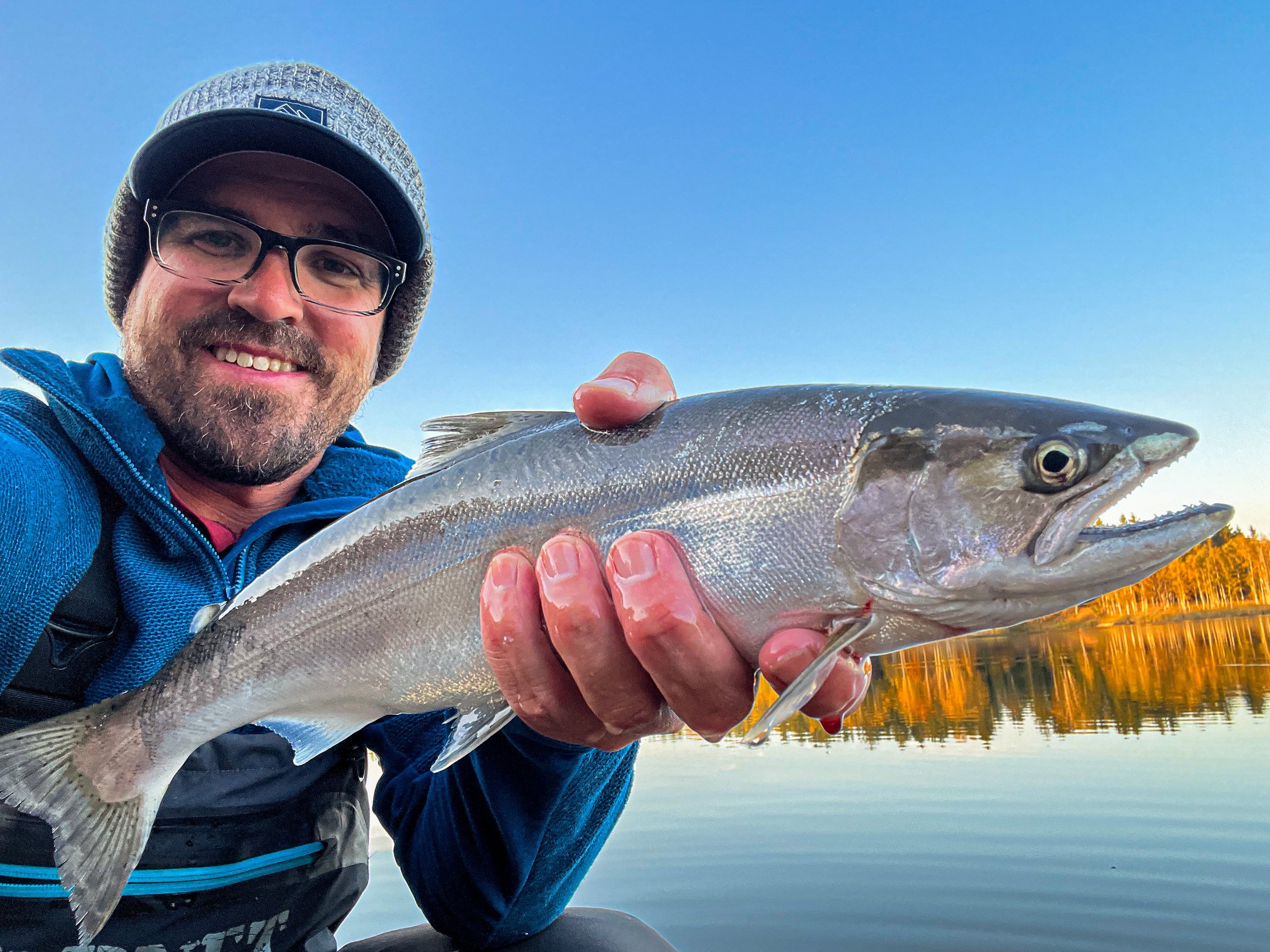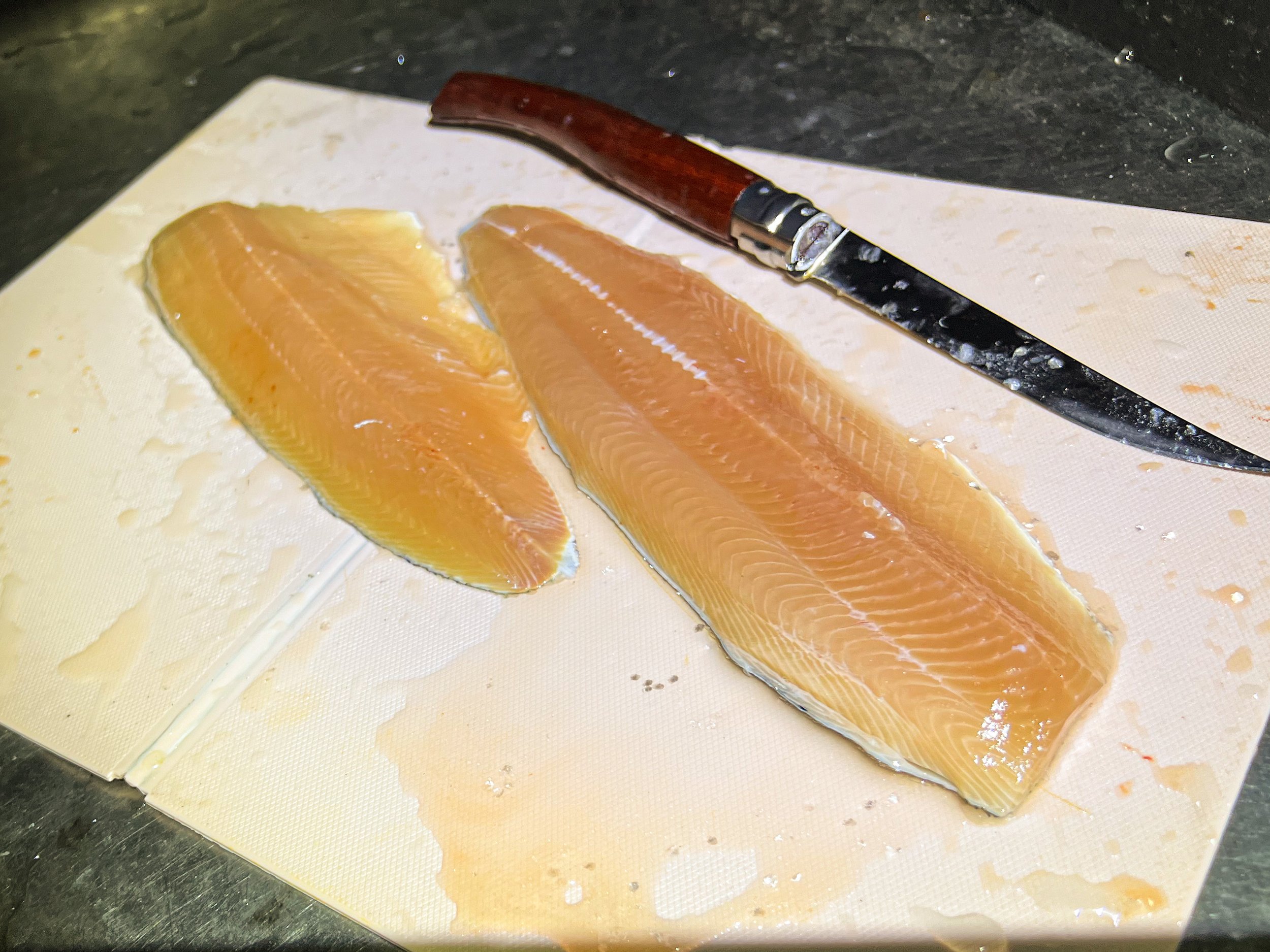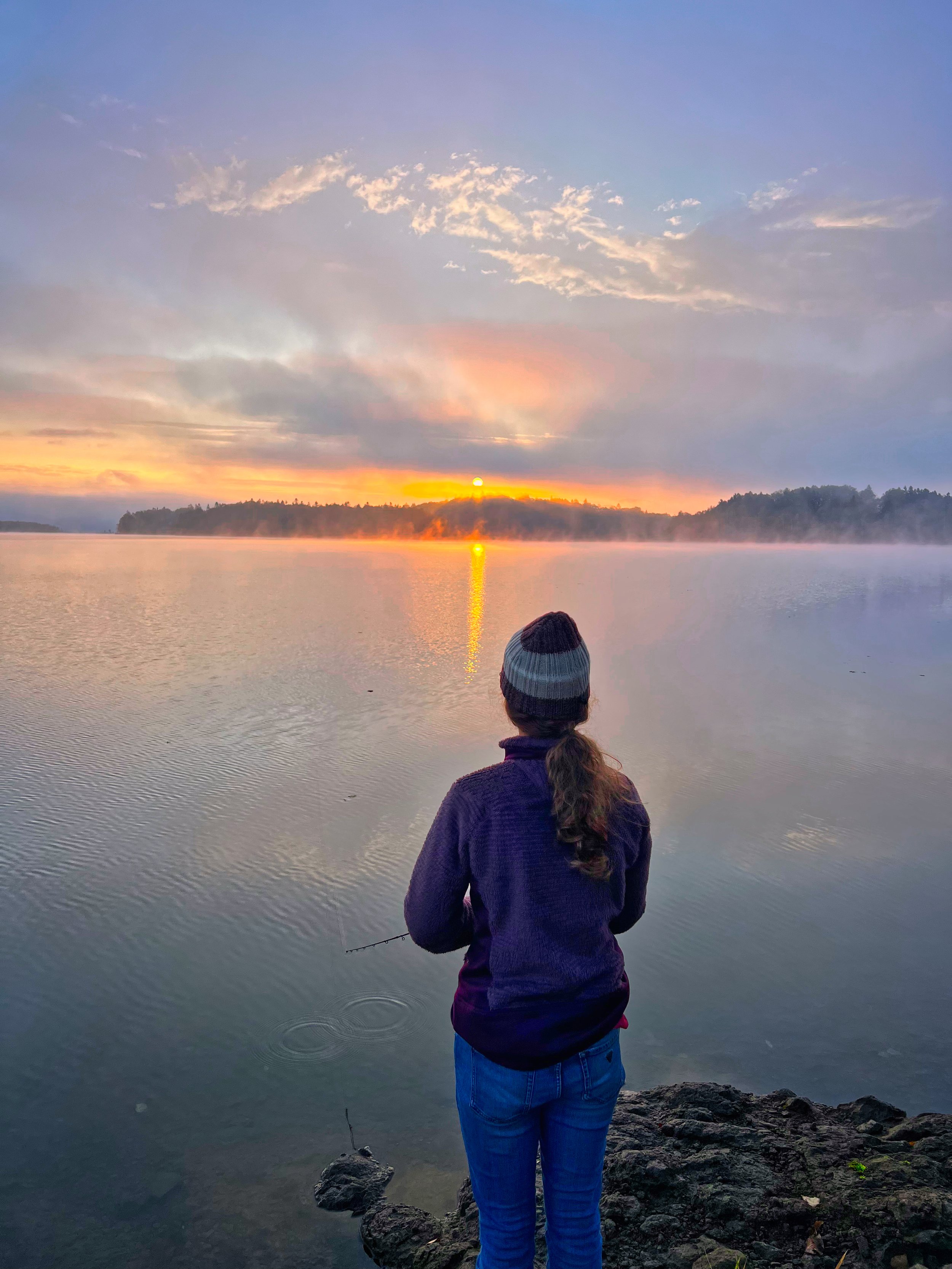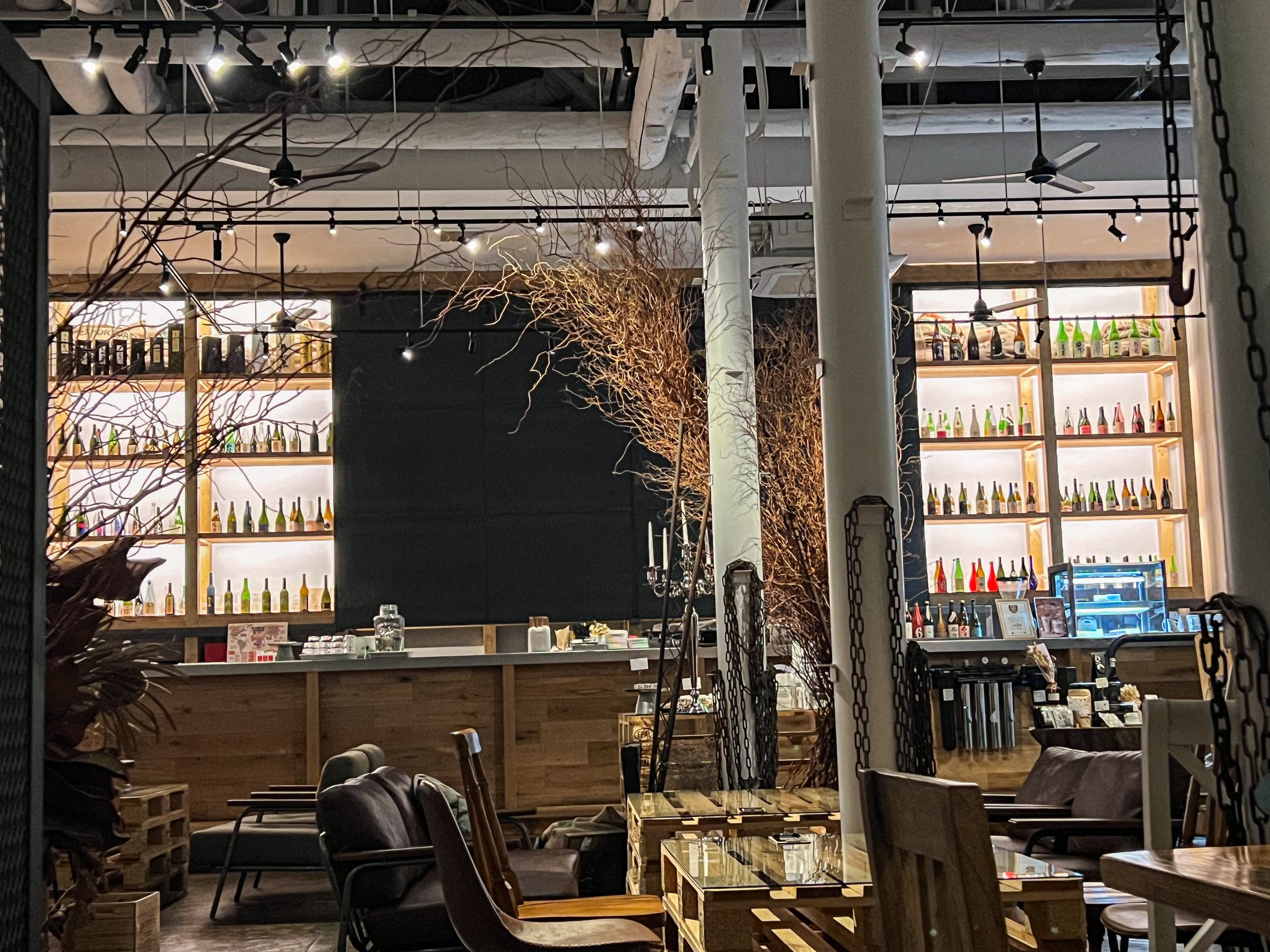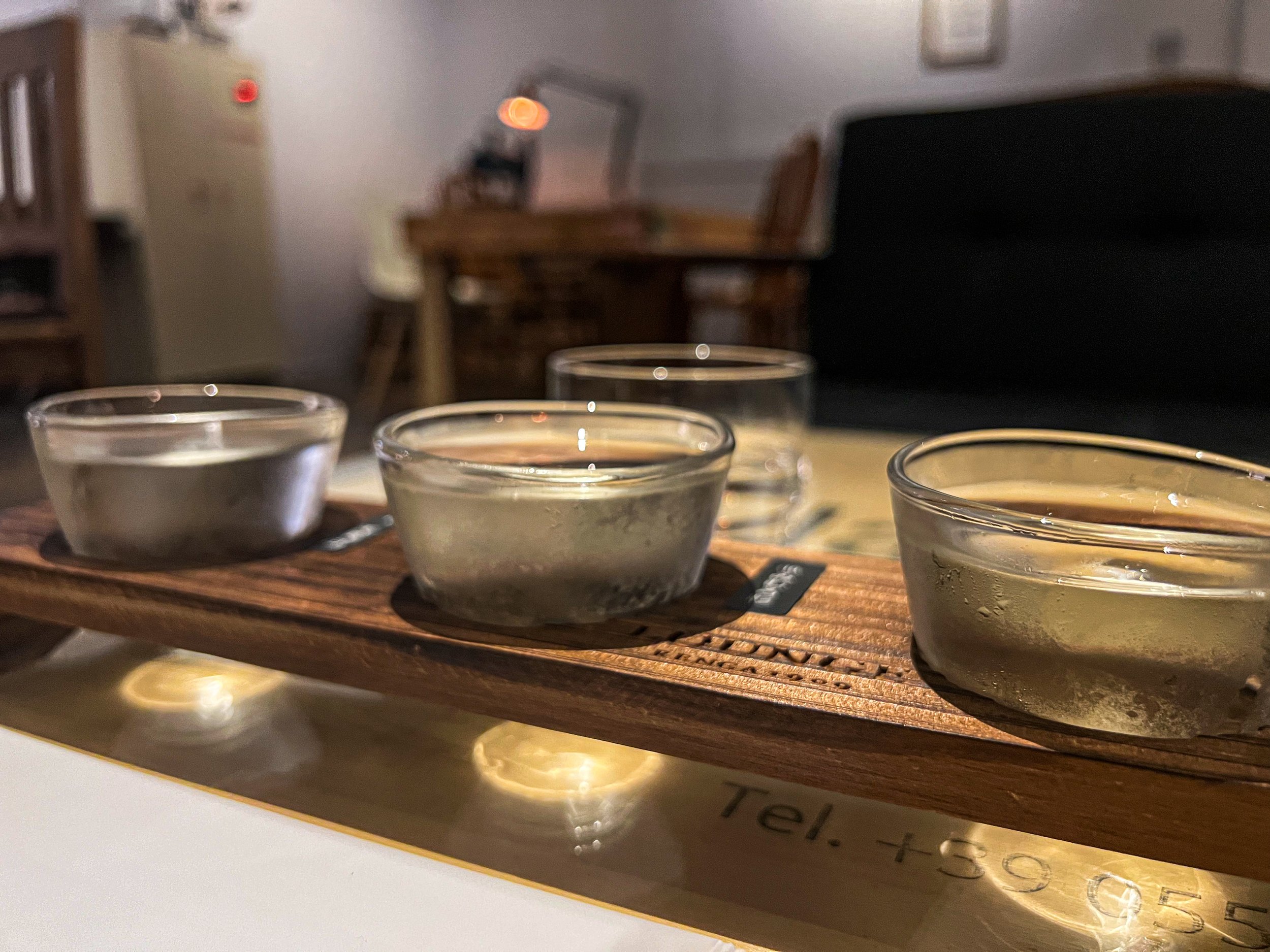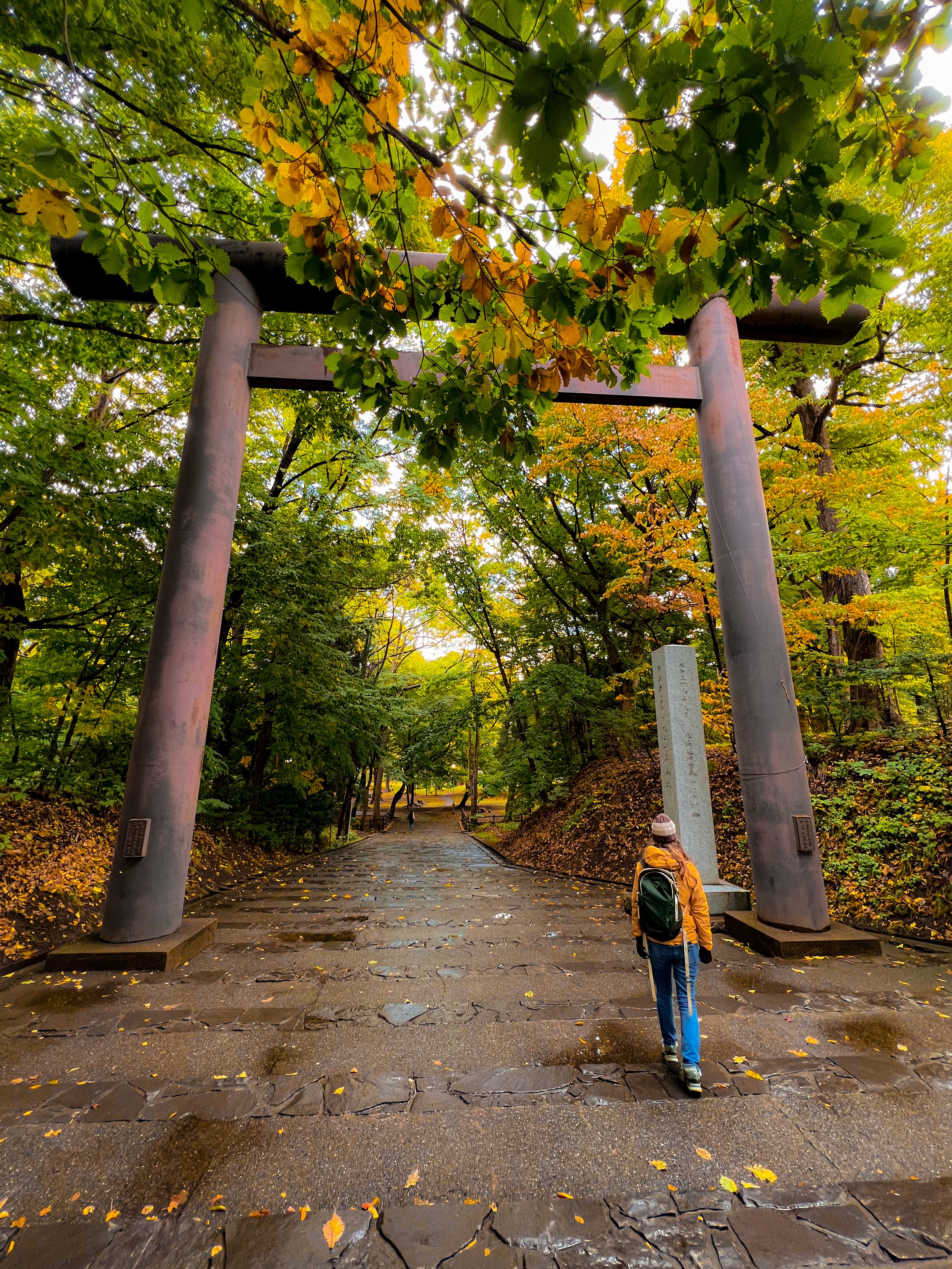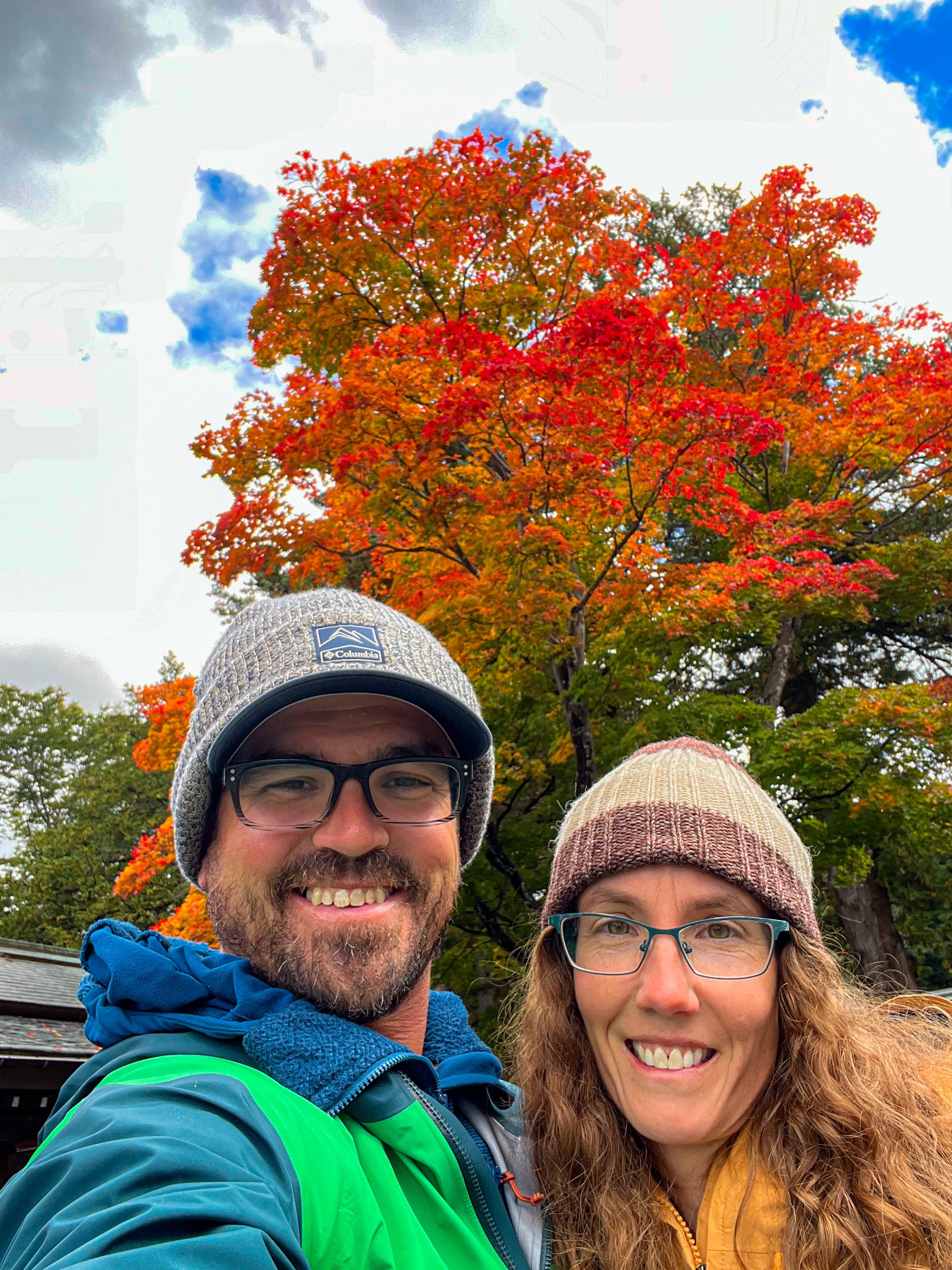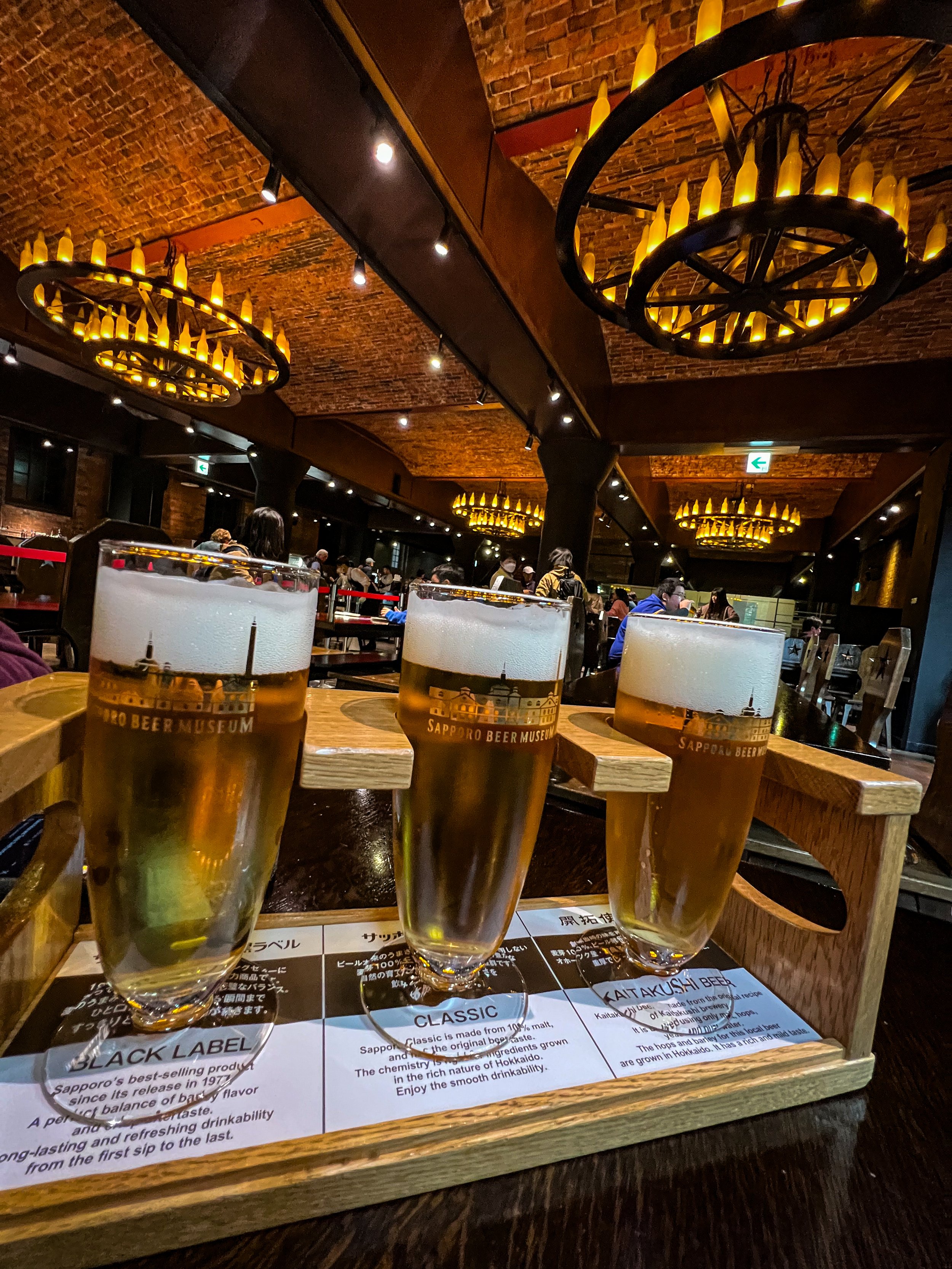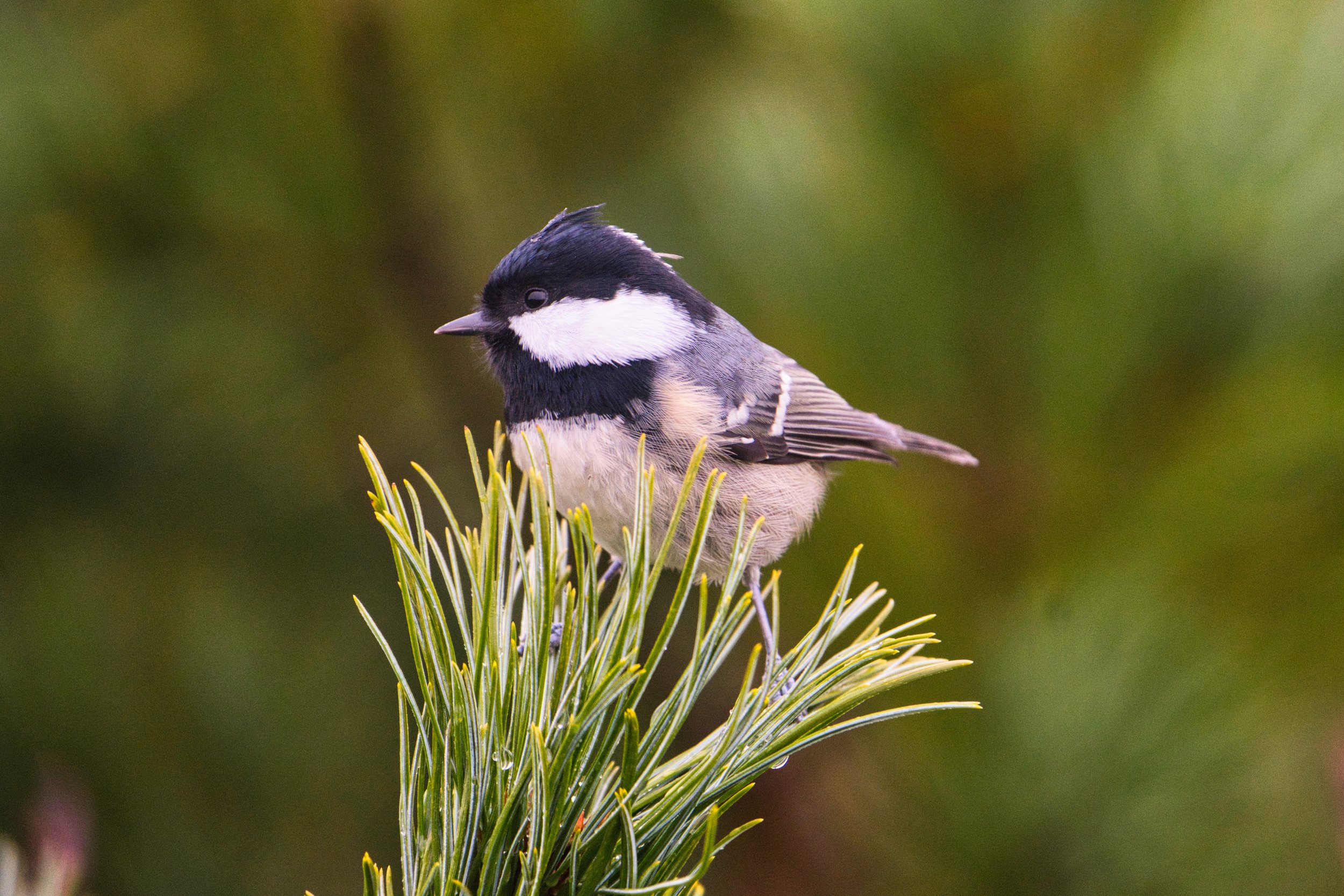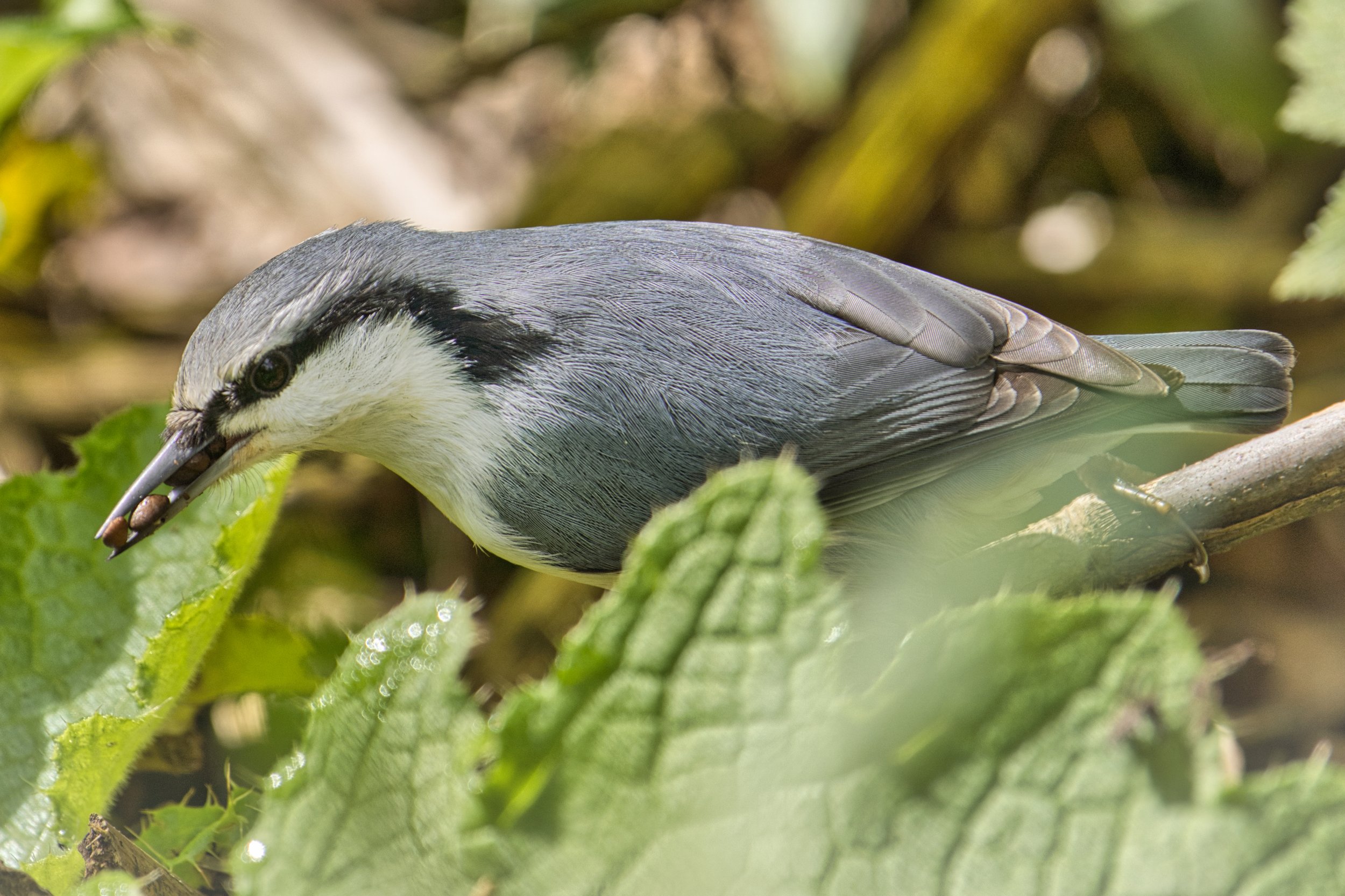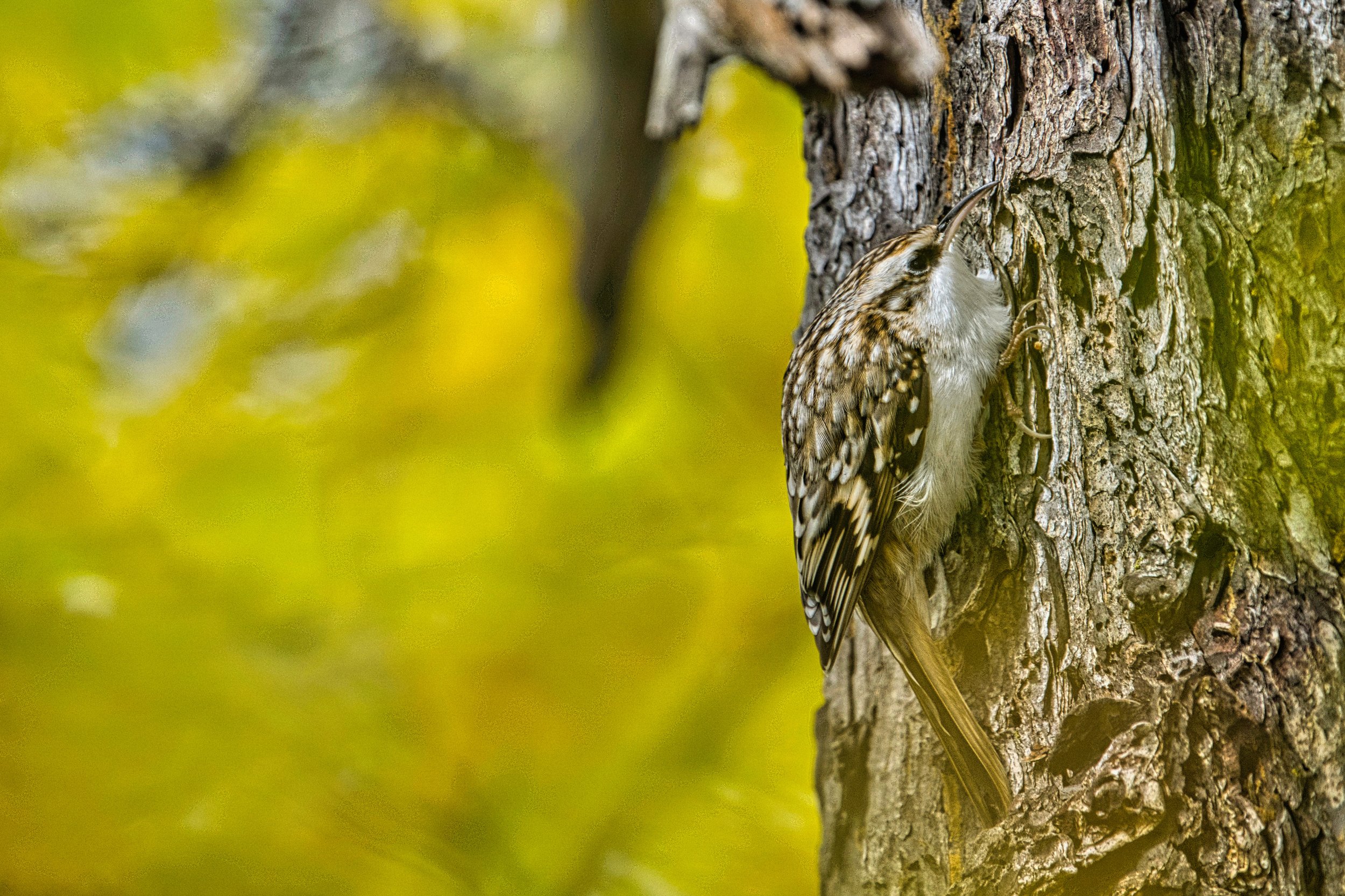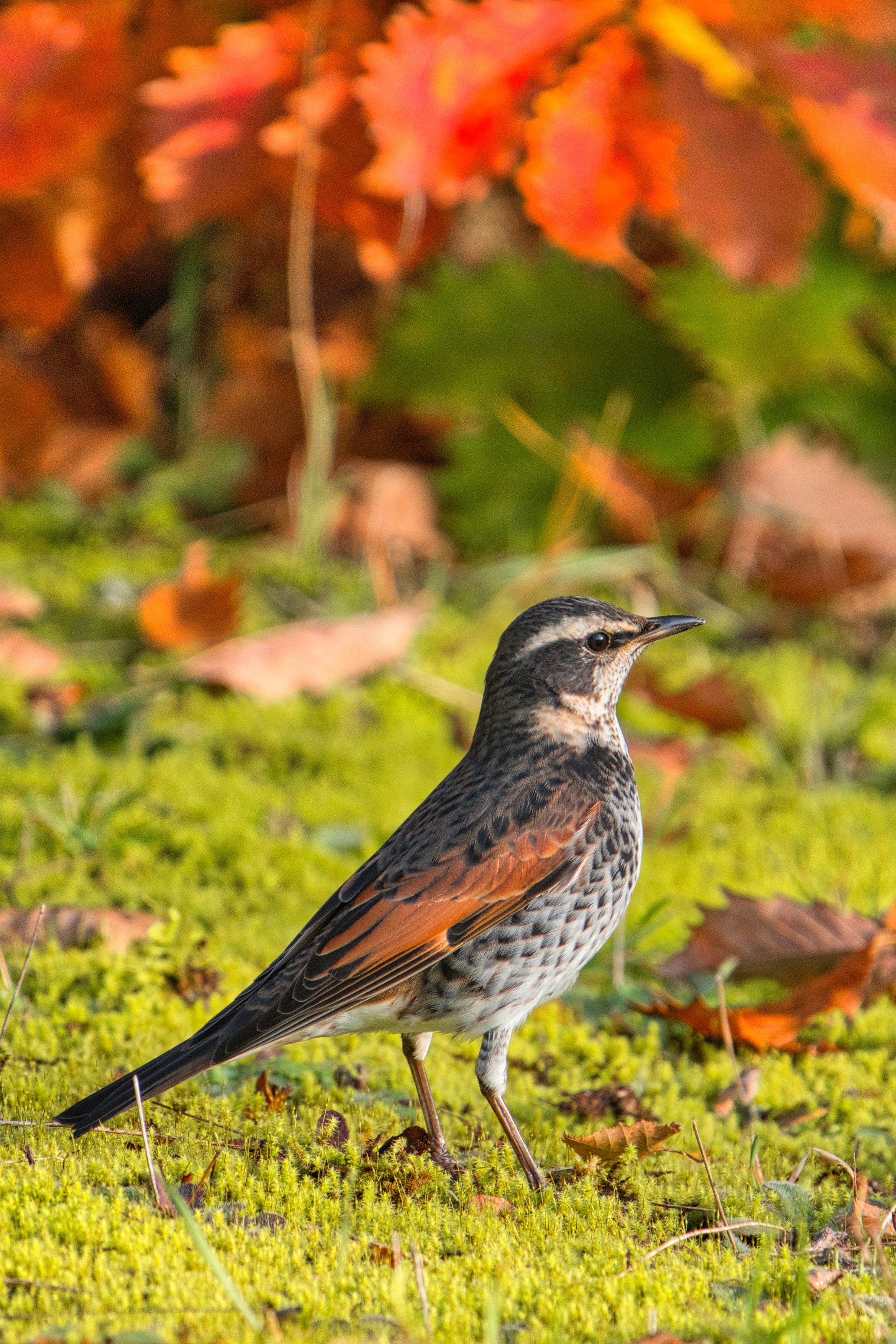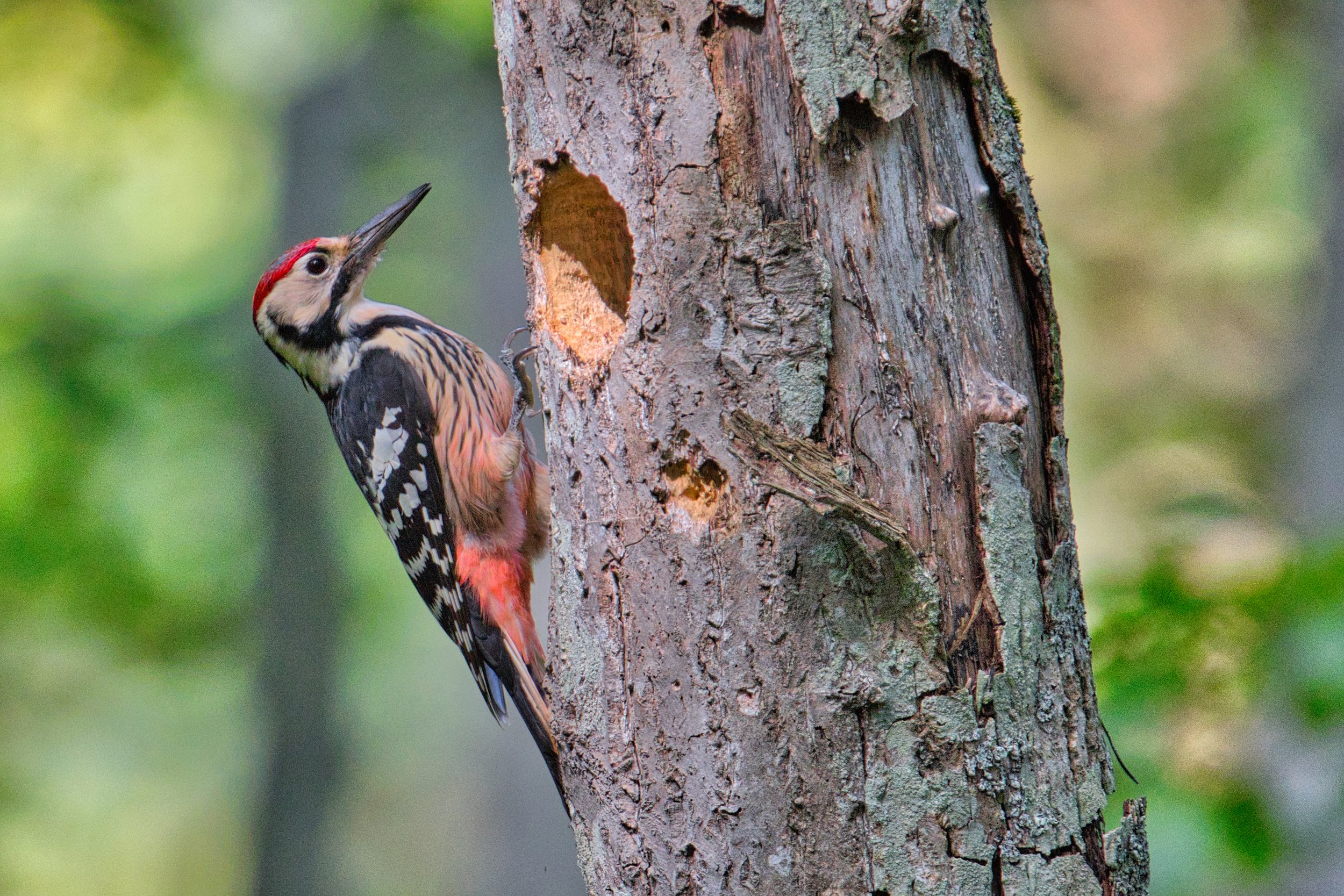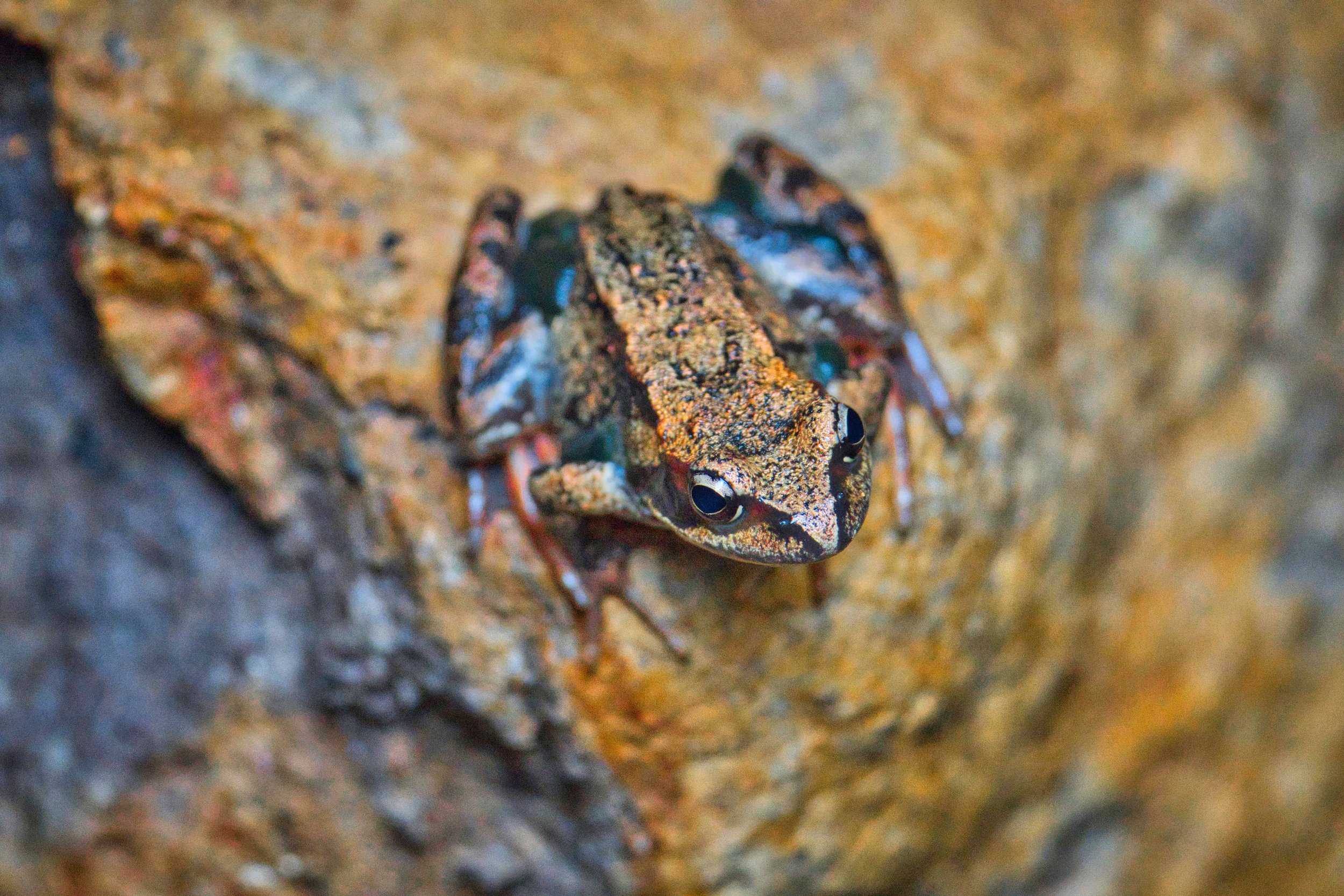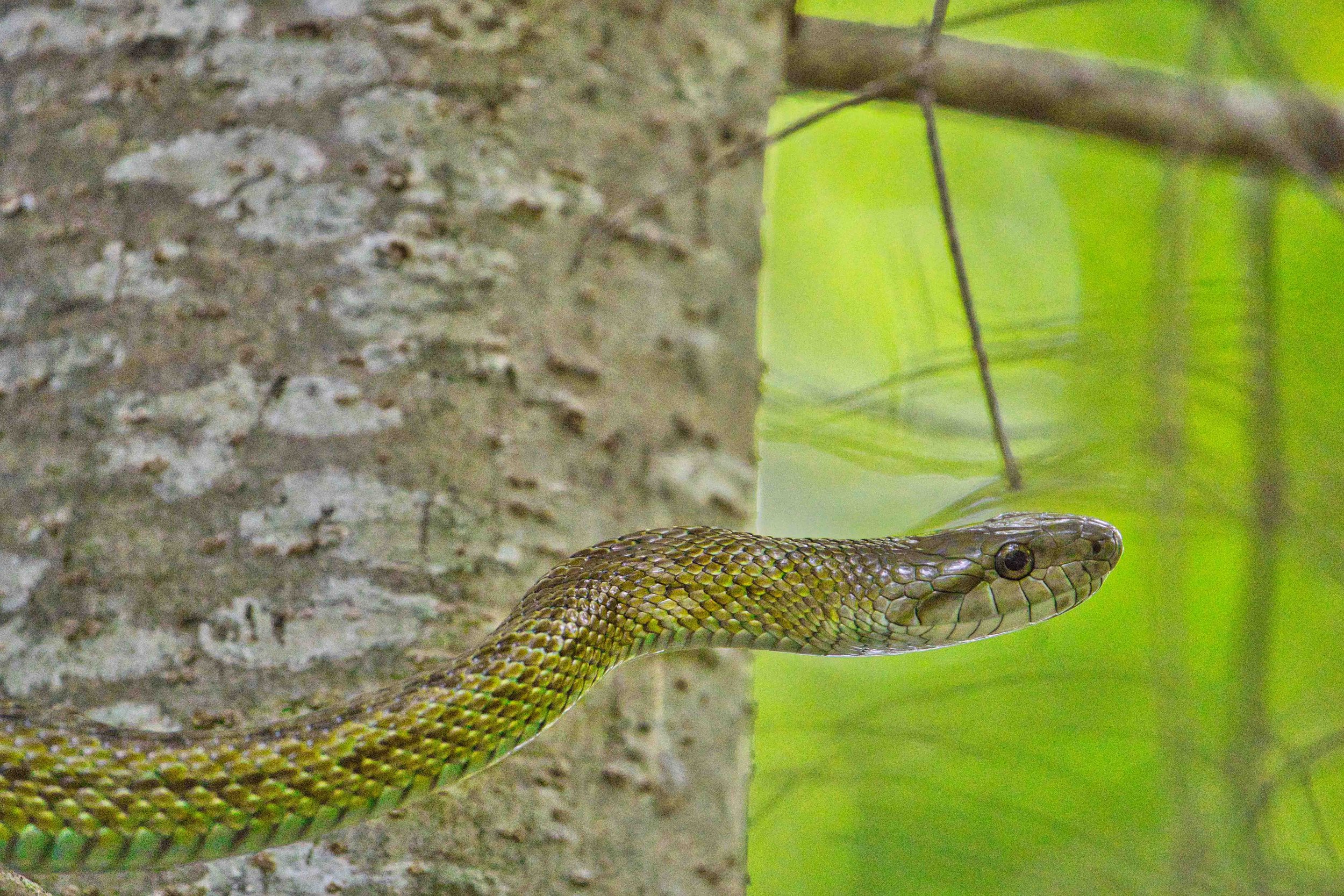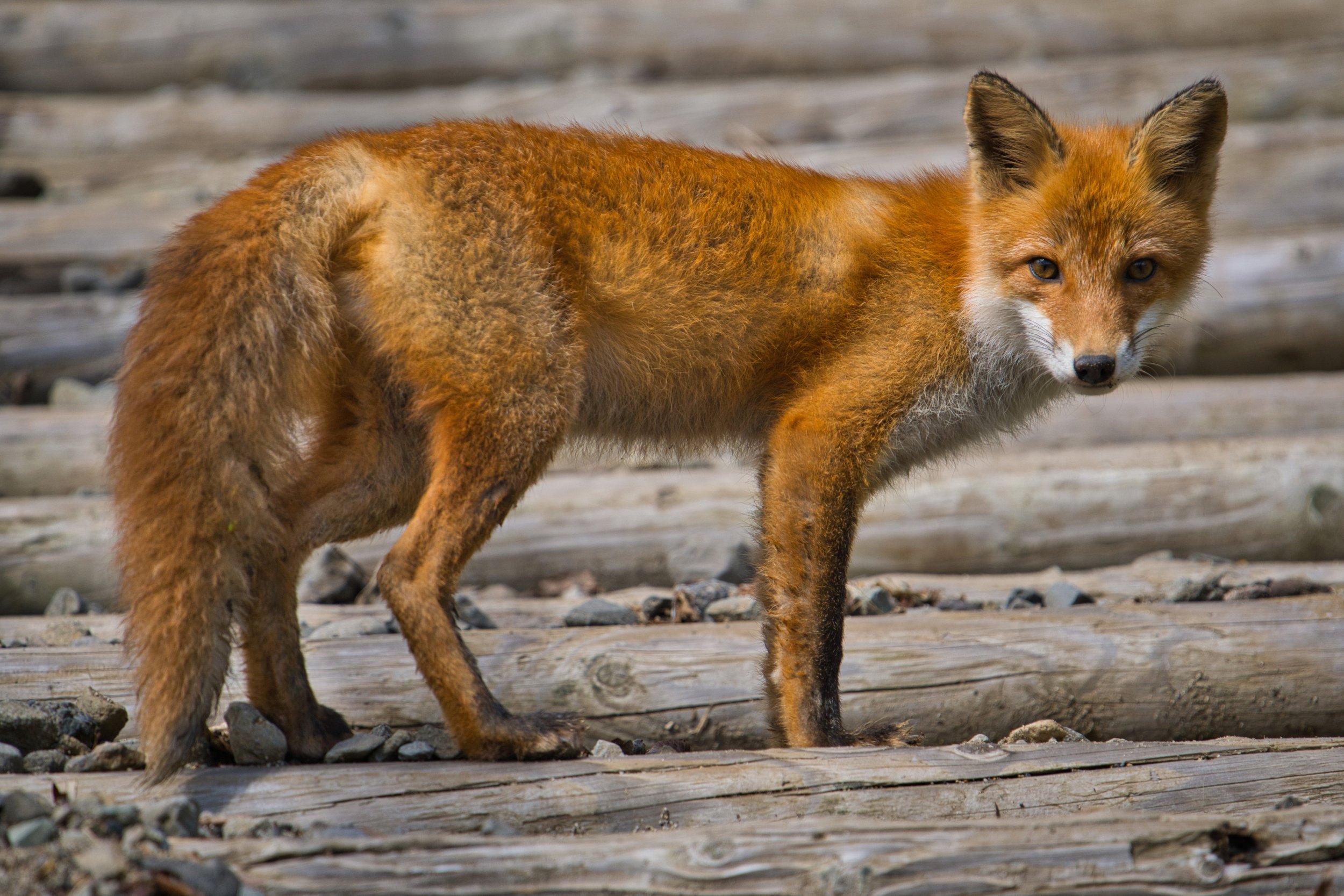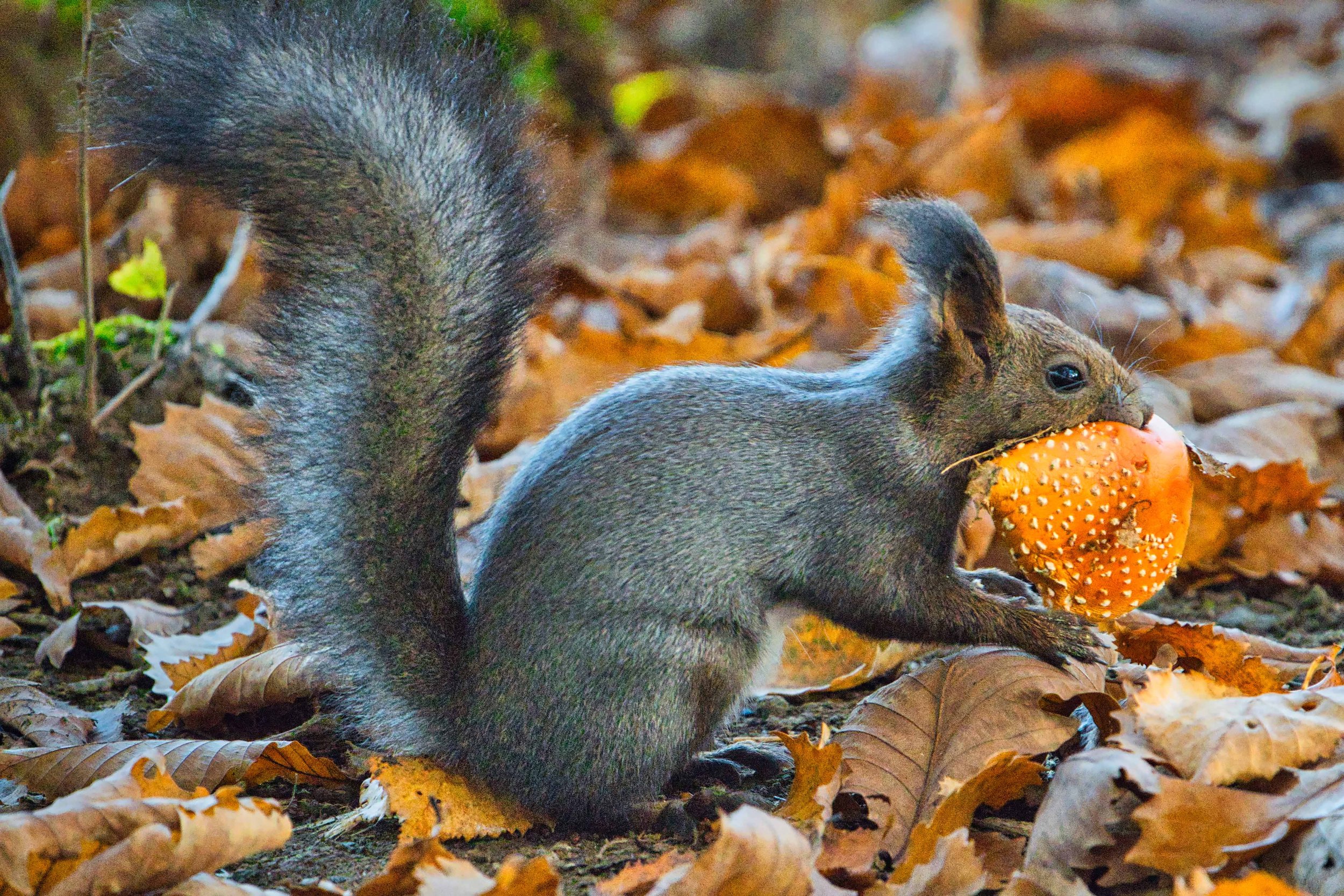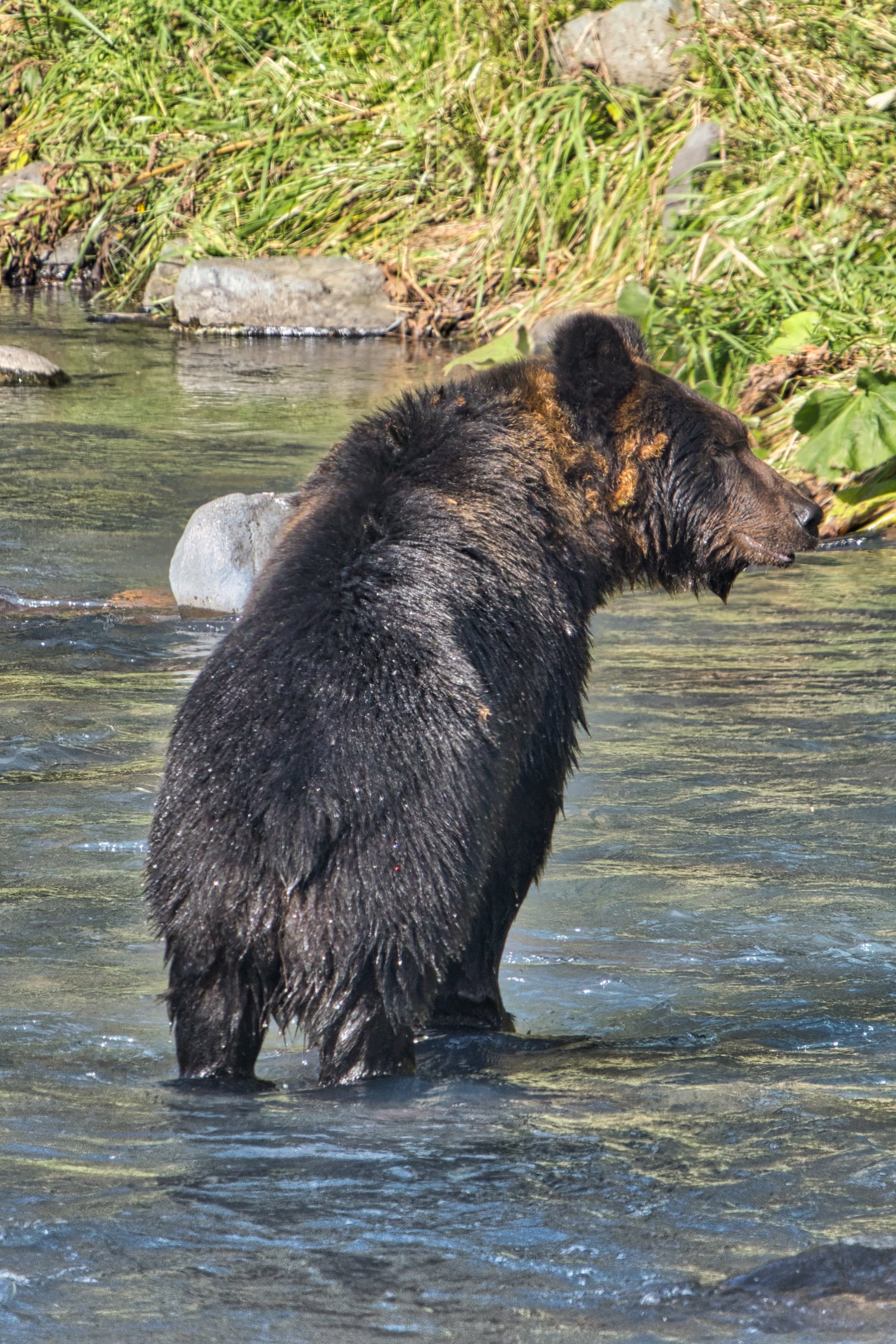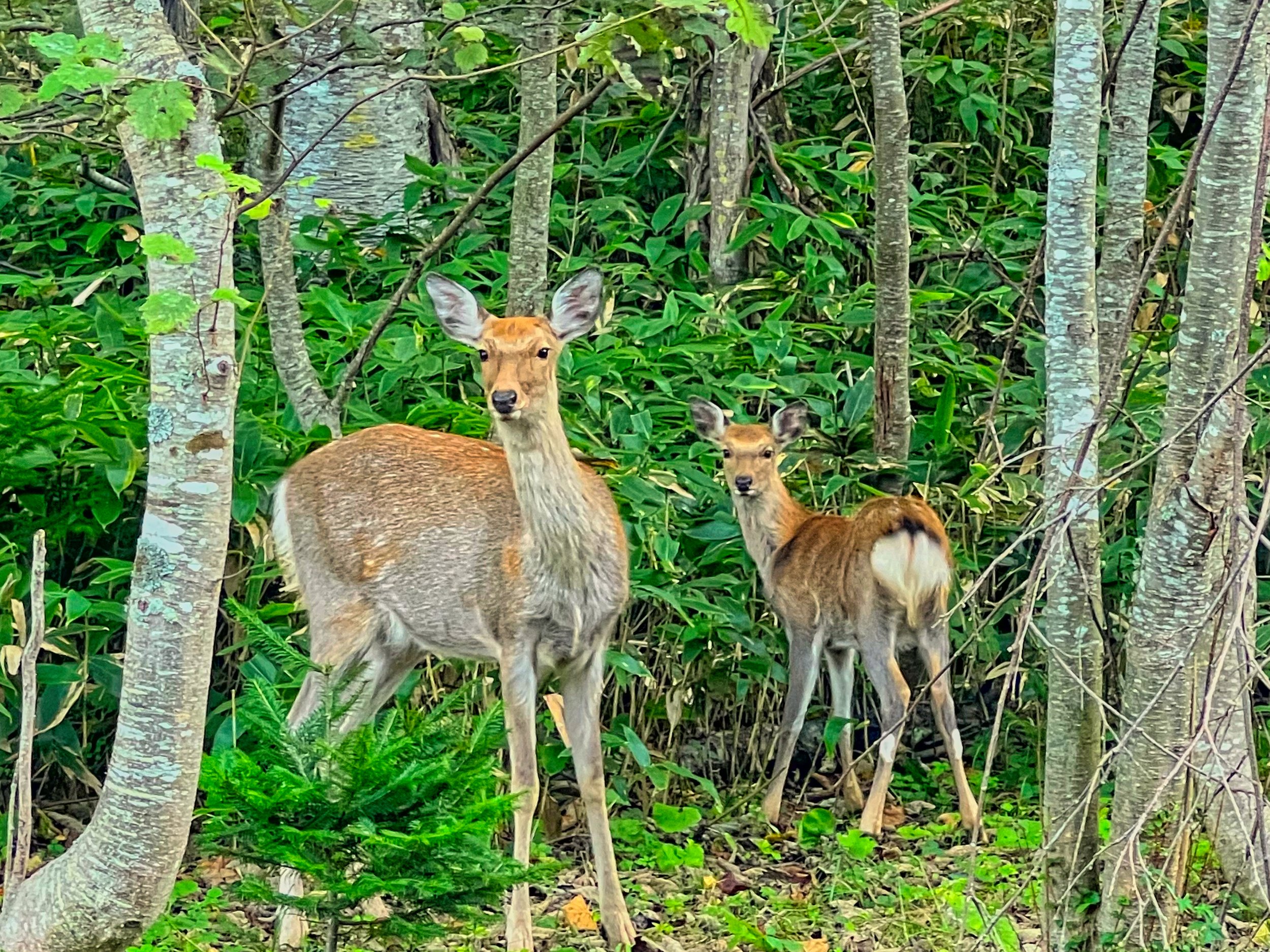A Self Guided Fishing & Birding trip to Hokkaido, Japan
A Blakiston’s Fish Owl, the world’s largest owl, snacks on a Chum Salmon smolt.
For the longest time I’ve dreamed of visiting Japan, especially it’s more rural and wild northern island of Hokkaido. With the USD so strong and the Yen weak it seemed the perfect time. We timed our visit in the fall to time with peak salmon fishing and still have a good opportunity of picking up some late summer resident and fall migrant birds. The trip was entirely self guided.
Online and print resources used for this trip:
Birding:
Birds of East Asia (Princeton) by M. Brazil was the primary field guide we relied on. Buy it here!
Ebird coverage on the island is poor outside the popular winter months when everyone comes to the see the eagles.
Fishing:
Hiro & Noki Blog: A great resource for stream and salmon fishing intel on the island.
Hokkaido Fishing Regulations: Official gov’t regulations for fishing on the island
Logistics:
Rental car & driving: We rented a hybrid Toyota Prius from Toyota Rent-a-car Chitose. Highly recommend getting the ETC pass for Hokkaido Expressways. It will save you a lot of time, confusion, and hassle. The Japanese drive on the left side of the road. We encountered very few unpaved roads on the island and most roads were in excellent condition. Hokkaido drivers are very polite although exceeding the speed limit seemed quite common but they will not ride your bumper if you driver slower than they do. Traffic was very light throughout most of our trip aside from Sapporo. All gas stations have attendants that pump your gas for you.
Cell Phone Service: I have been using Airlo’s e-sim cell service across the globe for years and its the best thing ever. If you have an unlocked smart phone you can download an esim and turn it on when you land and have connectivity usually within minutes. Cell phone connectivity in Hokkaido was superb even in remote areas. I used the Moshi Moshi card 5 gb for 30 days and it only cost me $11.50. You can use the code “TYLER8434” to $3 on your first esim purchase from them here.
Lodging/Camping: We camped for about half of the trip and spent the rest of the time in hostels and Western and Japanese style hotels. Western style hotels have elevated beds whereas Japanese style rooms had mattresses that rolled out onto heated floors. Campgrounds in Japan were very nice and reasonably priced (<$10/night) and included hot showers (coin operated), laundry facilities, and sinks.
Food: AMAZING! We cooked a fair amount of our own food but also relied on 7/11 (or similar) convenience stores, which unlike our garbage filled one’s in America, actually function as micro-grocery stores with tons of fresh meats, baked goods, fruits, vegetables, and convenient healthy to go food at reasonable prices. Of course the Japanese have an amazing variety of interesting and tasty snacks to sample here too. Every town has a few ramen restaurants. In the bigger cities we gravitated towards sushi joints.
Safety: Crime is nearly absent from Japan. If you are single traveller or have less experience traveling overseas Hokkaido is a great option. However, Hokkaido is home to a rather large population of Brown Bears (same species as Grizzly Bear) and attacks do happen. In rural areas, parks, and while fishing wearing bear bells and carrying bear spray is recommended (in fact required in some locations).
Communication: Outside of Sapporo very few people speak English. We relied heavily on Google translate to converse and translate menus, campground and hotel rules, and signs. I highly highly recommend having a smart phone that is connected to the local cell network.
Fishing Regulations: Fishing on Hokkaido rivers and ocean shores is free! Some lakes require paying fees to private organizations that manage those lakes and those fees were reasonable (usually about $5-10/day). However, some lakes are free so do you research. The main thing to know is that fishing for sea-run salmon in rivers illegal. However, by-catch while targeting resident trout and char is common so just be quick to release any salmon you catch and do your best to avoid by-catch.
Chum Salmon staging in the surf on the north shore of Hokkaido waiting for the rains.
Itinerary:
Day 1 (Sept 29): We actually arrived at New Chitose airport the evening before and stayed at an attached hotel. Breakfast was phenomenal with fresh salmon, vegetables, miso soup, and eggs. We made our way north to Daisetsuzan National Park ands it famous Asahidake Mountain. We stopped in Asahidake city to pick up some groceries and had a delicious bow of ramen. Minimal food services are available in the national park but the hostel we were staying at had a kitchen. We arrived in early in the evening and could just see Mount Asahi-Dake poking thru the clouds. Still feeling jet lagged we did some local birding and cooked our meal before going to bed early.
Day 2 (Sept 30): The next morning we rode the ropeway up to the summit which quickly became shrouded in a heavy fog. There wasn’t much to see but there occasional breaks in the fog where we saw Japanese Accentors and Coal Tits. Our plan was to hike the several miles down to our hostel. After descending rapidly we finally dropped below the fog and the full splendor of the fall foliage was on display.
The trail was steep and mostly ran through dense canopy so birding was a bit tough. Additionally, we wearing bear bells to avoid any encounters with Brown Bear, which are common residents in the park. In the lower reaches of the trail we encountered several bogs where we found Eurasian Nuthatch, Coal Tit, Great Tit, Marsh Tit, Spotted Nutcracker, and Great-spotted Woodpecker as we as Hokkaido’s only native amphibian, the Hokkaido Frog.
Closer to the car park of the ropeway we found more birds including Willow Tit, Black-faced Bunting, and Eurasian Treecreeper. After lunch we traveled down the mountain to an owl shaped wetland where we found numerous Japanese Wagtail, Long-tailed Rosefinch, many Black-faced Buntings, and lingering Narcissus and Mugimaki Flycatchers. After that we called it a day and retreated back to the hostel as rain rolled in.
The colors of Daisetsuzan National Park in fall
Day 3 (Oct 1): Today we explored the lower reaches of Daisetsuzan National Park starting at the beautiful Hagoromo Falls. There is a foot bath onsen for ladies only at the parking area so if your feet are sore you soak them in some hot water before or after the hike. The hike to the falls is short thru an abandoned resort community. The crumbling hotel towers are still filled with furniture and I poked around some of the broken windows on the lower floors where kitchens full of dishes remain as if some apocalyptic event had occurred. Even after much research online I could not find out what happened here. Beyond the resort the trail widens entering beautiful mature lower elevation forest with massive trees. We found a pair of Japanese Pygmy-Woodpeckers busily at work here. The falls were absolutely stunning along with the fall folliage.
On the way out we birded the forests along the Chubetsu River where we found Brown Dipper, Eurasian Jays, several mixed flocks of buntings, Wren, Gray, White, Yellow, and Japanese Wagtails, Olive-backed Pipit, and Black-eared Kites. We returned to the owl park and a nearby drinking water park for the evening but found mainly the same birds as the previous evening.
Beautiful columnar basalt along the Chubetsu River.
Japanese Pygmy Woodpeckers were common around the lake.
Day 4 (Oct 2): The original plan was to head northwest to fish for taimen but that portion of Hokkaido was under a tornado watch and severe storms were expected. We decided to shuffle our itinerary and hopefully come back to the northeast side of the island at the end of the trip. Instead we headed east passing thru torrential downpours and small hail before getting in front of the weather on our way to Lake Kusharro. We camped at a small and wonderfully equipped and cheap campground on the south shore of the lake near the Wakoto Peninsula. The campground was extremely nice with heated showers, sinks for dish washing, heated bathrooms, and laundry facilities. After setting up camp we explored the trails and wooded areas around the campground. Mixed flocks of Great and Marsh Tit, Japanese Pygmy Woodpecker, and creeper were common. The mowed lawns held Large-billed Crows and Gray-headed Woodpeckers.
Day 5 (Oct 3): A gravel road runs around the entire western shore of Lake Kusharro. We arrived early in the morning on our way to the Kokanee fishing grounds. Lake Kusharro is home to one of Japan’s largest and healthiest Kokanee salmon populations. This is due in part to the lake’s rich geothermal activity that pumps a ton of phosphorous into the lake that in turn support phytoplankton which in turn support a rich plankton community that is the primary food source of Kokanee. For those not familiar with Kokanee they are a form of landlocked Sockeye salmon. Lake Kusharro Kokanee are a self sustaining shore spawning population and they gather along the many creek inlets along its western shore to spawn and during this time of year many Japanese anglers gather here to target them. Fishing here is free, no license needed and you may opt to harvest fish but we chose to practice catch and release.
As we crept our Prius slowly in along the muddy potholed road we observed Hazel Grouse and heard Black Woodpeckers calling and drumming in the mature forest. Our first stop produced no fish but we did have a beautiful and large Crested Kingfisher fly by making quite a bit of noise as he went. The next stop seemed much more promising as we observed many Kokanee jumping. We initially tried some of the small spoons and jerkbaits that many of the locals use but opted to revert back to tactics we had used in the Pacific Northwest when targeting spawning Kokanee. The rig is simple. A pink crappie tube jig is tipped with a Berkley Gulp maggot and suspended under a bobber. Simply cast it into the areas Kokanee are holding and wait for the bobber to go down. Twitching the bobber and jig often helps bring on a strike. Before long we had caught several beautiful Kokanee, mostly bucks. Interestingly Japanese Kokanee are distinctively different from North American Kokanee in spawning colors having a much more defined green line above the lateral line and blacker bellies.
White-spotted Char are common residents of Hokkaido streams.
By noon we had caught many Kokanee including a double hookup for Sidra and I. A sneaky Red Fox was waiting near shore trying to steal fish from a Japanese angler who was keeping his catch. We decided to move onto to fish a nearby river system for the afternoon but not before the fox made off with my winter hat I had brought along.
On the Shari River we found fishing very tough with thick vegetation all along its banks but we did manage the first White-spotted Char (Iwana) of the trip with each of us catching several and Sidra lost a very nice Cherry Trout. The bones of Cherry Salmon, a spring run salmon, were evident all along the stream bank. Due to the thickness of the vegetation we were quite wary of bear but never encountered any sign. Sidra almost stepped on a Eurasian Woodcock which got our hearts fluttering as it burst into flight below her feet.
Day 6 (Oct 4): We returned to the western shore for another morning of Kokanee fishing. I managed another half dozen Kokanee but Sidra got skunked and when she gets skunked…she gets grumpy so we decided to move on mid-morning. Fortunately we were able to recover my hat which the fox had chewed many holes in and it reeked of piss. I guess he thought it was his hat now. LOL!
On the drive out we found a very cooperative pair of White-backed Woodpeckers, Long-tailed Tit, White-bellied Green Pigeon, and mixed flocks of buntings feeding along the wet areas of the road. Next we made our way west to fish the Abashiri River. We found few fish in its lower reaches but in the upper portions of the river we found good numbers of White-spotted Char and our first Japanese Rainbow Trout. Along the river we encountered several Crested Kingfishers and mixed flocks of tits including our first Varied Tit. We called it a day and went back to camp to cook our dinner. On the drive back we encountered our first Ezo Deer of the trip, a doe and her fawn.
A crane in the rain.
Day 7 (Oct 5): The forecast for the next few days looked pretty bleak. Heavy rains and high winds were to be the norm. Based on radar we knew we had a few hours before the rain arrived and Sidra wanted some Kokanee redemption so we went back to our Kokanee spot. Unfortunately the wind and waves made it almost impossible to fish and the Kokanee had moved away from the shore due to the high surf. After an hour we gave up and headed back to camp. On the hike out we met a couple young Japanese anglers, in their late-20’s, who were making their first attempt at Kokanee. Despite the language barrier we had a great conversation about fishing and I really came to appreciate Japanese humor and their obvious love of nature. We told them of our plans to try and catch as many species as possible on the island including Chum Salmon, White-spotted Char, Cherry Trout, and Taimen. When I mentioned Taimen one of them grew excited and flipped out his smart phone to show me a photo of his one and only Sakhalin Taimen catch. “Shumarinai?” I asked. Their eyes grew wide obviously understanding I’d done my research. “Hite!” he exclaimed. Through our discussions we learned they had both targeted taimen for several days on three separate trips in ne. Hokkaido but only one had been fortunate enough to connect with the species. We bid our farewells and headed back to break down camp. We planned to hole up in a hotel for the next few days while the weather was nasty in the coastal town of Kushiro.
After breaking camp we headed towards the coast. Along the way we stopped and made a few casts in the Kushiro River scoring several large Japanese Dace and a small Rainbow Trout. The rain finally arrived. Soon woodlands gave way to a mixture of rice fields and wetlands. In the pouring rain I spotted two large white dots in a field. I knew they must be Japanese Red-crowned Crane. I quickly took a side road which took us in close proximity to these beautiful and majestic birds. Even in poor light and sopping wet they were absolutely beautiful. The vast wetlands and surrounding agricultural fields around Kushiro Shitsugen National Park are one of the great strongholds for this species that has recovered from just a few hundred to thousands in the past few decades.
For lunch we explored the Kushiro Fishing Wharf market. Due to the season Chum Salmon dominated the market but a variety of interesting fish and crab were for sale all packed on ice. We met with a local school group that was interviewing tourists and Sidra and I had great fun talking about our life back in the United States. Many of the students were children of farmers and they shared photos of their farms and were especially proud of the cranes that fed in their dairy farm and rice fields. They even gifted Sidra an origami Red-crowned Crane. Before leaving the wharf we enjoyed a simply lunch of grilled Chum Salmon, rice, miso soup, and pickled lotus.
Next we checked into a modern but affordable Japanese business hotel, the Kushiro Century Castle Hotel, across the river. We stayed at several hotels like this across Japan. Most cost less than $60/night and come with tons of amenities including access to onsen hot baths, wonderfully heated and complex toilets, and fantastic customer service. This hotel even offered complimentary red wine in the evening and venison stew made from the abundant Ezo Deer found all around Kushiro.
That evening we went to Kushiro’s most well known conveyer belt sushi restaurant, Matsuriya. Kushiro is one of Japan’s largest fish markets and is well known for its delicious sushi and for its Minke Whale market. At Matsuriya you order your sushi on an ipad and its delivered via a small trolly on wheels, thankfully the menu is available in English. I’m not ashamed to say I ate more sushi than I ought to have and indulged in several tall glasses of Sapporo Classic beer. However, the main reason I went to Matsuriya was to try their famous Minke Whale sushi. As some of you may or may not know, I am a conservation biologist. Why would I eat whale? The truth is I wouldn’t eat most whales but Common Minke Whale populations now exceed 500,000 and many scientists agree that their populations are likely higher than they have ever been since we eliminated competition of other higher value baleen whales thru overhunting. For me I felt no conflict with my conservation values eating Minke Whale. So what does Minke Whale sushi taste like? It’s delicious. It reminds me very much Yellow Fin tuna only it melts in your mouth much more easily and the umami “savory” flavor is stronger. I can see why its so popular! I had to have two orders.
Minke Whale sushi topped with ginger and green onion.
Day 8 & 9 (Oct 6-7): In the mornings we explored Kushiro Shitsugen National Park and the myriad of roads that border and cross through it. The heavy rain had caused the Kushiro River to rise and turn the color of chocolate milk. Ezo Deer were quite literally everywhere and we saw hundreds throughout the day and even heard the stag bugling. Eurasian Jays were thick along the roadsides but birding was tough in the wind and rain. We hiked a few small trails coming across several Red Fox and mixed flocks of mostly tits and drab Eurasian warblers whose ID could only be deciphered back at the hotel using photos, field guides, and much sake. The real highlight was seeing hundreds of Red-crowned Cranes in the fields adjacent to the wetlands. We spent many hours watching adults feed with their young in the agricultural areas. Black-eared Kites were in great abundance as were Eastern Buzzard and Northern Hobby falcons.
With most of the rivers blown out from the rain we targeted a nearby tailwater fishery. The reservoir above did a fair job of filtering out the sediment. The river was loaded with spawning Cherry Salmon. Feeding on the eggs of the salmon were Rainbow Trout and White-spotted Char and we each caught a dozen or more them combined. More importantly we found a handful of Cherry Trout here as well. A species I’ve long wanted to catch. Sidra caught the first on a small spoon and I found my first on a spoon as well.
The Cherry Salmon/Cherry Trout complex is a really interesting story. Cherry Salmon and Cherry Trout are both members of the same species, Oncorhynchus masou. Found from Taiwan up thru Korea and Japan to eastern Russia, Cherry Salmon/Trout are unfamiliar to most North American anglers.
What's the difference between Cherry Salmon and Cherry Trout? Life history strategies namely. In many ways they remind me of Rainbow Trout in that they exhibit a variety of forms including land-locked, sea-run, and resident forms. The classic sea run form is referred to as Cherry Salmon and they spend most of their life at sea returning to their natal rivers to spawn and die at age 3. The land-locked and resident forms are referred to as Cherry Trout. These forms retain their parr (juvenile) like markings throughout their life. Land-locked forms of Cherry Trout typically get larger and live longer and often spawn multiple times before dying. Resident forms with access to the ocean are typically males that retain their parr like spots but reach sexual maturity at age 2 or 3 and basically function as SLFs (sneaky little fuckers). These sexually mature cryptic males will sneak in and fertilize the eggs of sea-run hens when they are mating with larger sea-run males.
Sidra with beautiful Cherry Trout.
A buck Cherry Salmon.
Eventually Sidra hooked up with an adult Cherry Salmon hen which we quickly released. Downstream we found a dense school of Rainbow Trout and White-spotted Char feeding downstream of several spawning Cherry Salmon. I was drifting a purple marabou jig with an orange head through that area catching fish after fish when a gnarly buck Cherry Salmon smacked my jig. I really admired the colors of these fish, something of a cross between a Chum and Coho Salmon, although they are more closely related to Rainbow Trout. After releasing that salmon we decided to move on to avoid more incidental bycatch.
Day 10 (Oct 8): The next day was up in the air with continued poor weather so we headed northeast to the Nemuro peninsula and the easternmost point in Japan. On this windswept point we found numerous Black-headed and Black-tailed Gulls sheltering in parking lots and among them were Fork-tailed and Leach’s Storm-Petrels! It was quite bizarre to see storm-petrels flying around the car. At the furthest east point we scanned for searbirds for a while spotting several flocks of Harlequin Ducks, a single Swinhoe’s Storm Petrel, Brunnich’s Guillemot, and Pigeon Guillemot. At the base of the peninsula at Shunkunitai we large flocks of ducks including Eurasian Wigeon, Mallard, Gadwall, Pochard, and Tufted Duck as well numerous White-tailed Eagles. We’d planned on camping that night but horizontal rain led us on a 100+ km search for a hotel room as everything was booked up. Finally late in the evening we found a small Japanese inn in the town of Betsukai after checking in we enjoyed a late dinner from 7/11.
Day 11 (Oct 9): We headed north and setup camp at Odaitofureai Camping Ground on Furen Bay. The bay was loaded with dabbling ducks but nothing new to us. Numerous Grey Herons would gather in front of the camp in the mornings and evenings as well. We tried fishing for Chum Salmon using North American rigs of marabou jigs tipped with bait under a float in the surf but didn’t catch anything. We did see the locals catch several on heavy spoons under a float so we decided to use our afternoon to visit a local tackle shop. On the way we stopped and visited the Shibetsu Salmon Center which is a really neat combination of a aquarium with native fish and shellfish combined with a functioning Chum Salmon hatchery. After the the salmon center we drove to a nearby town where I loaded up on lure setups similar to what I’d seen the locals having success with.
Chum Salmon are sorted by sex in preparation for spawning after arriving at the hatchery via the Shibetsu River
Day 12 (Oct 10): The rain started pattering on the tent around 3 AM…it sure does rain a lot in Hokkaido! We dawned our waders and headed north to the Rikushibetsu River mouth. Several Japanese anglers were already presented. I was throwing a heavy orange and blue spoon under a bright pink float into the surf. On my seventh cast the bobber surged under water and I was hooked up! I worked my salmon away from the crowd slipping underneath their lines with ease. This wasn’t my first combat fishing experience! After timing the fight with a couple swells I pulled up a super bright hen Chum Salmon that was just about the right size for us to enjoy for launch. I grabbed a rock off the beach gave her a good knock on the head and cut the gills. I was actually surprised by how few of the Japanese anglers bled their fish. They mostly just clubbed them on the head and dragged them up the beach.
I went back to the same spot and hooked another larger buck in the next few casts. I quickly coaxed it away from the crowd. Chum Salmon, especially large bucks, are incredibly powerful. After a few photos I released it back into the surf. When I returned another angler had snatched my spot from me so I moved over to his spot and immediately hooked another fish. He just stared at me shaking his head in disbelief. Unfortunately I lost that fish in the surf and the angler in my previous spot had snapped his entire setup off after a tip wrap. I slid back into my spot and within a few casts had another fish on! So far only four fish had been hooked that morning on the beach for the dozen or so anglers there and I had three of those four. Another huge buck made it through the surf and I was all grins. Sidra ended up hooking one an hour or so later but lost it in the surf. We headed back to break camp late in the rain and enjoy our Chum Salmon for lunch. Afterwards we headed north to Rausu where would be spending the next few nights.
A big Hokkaido Chum Salmon caught in the surf.
Arriving at Rausu we made our way to a small inn north of town call Washi No Yado. Washi no Yado is famous for its resident pair of Blakiston’s Fish Owls that feed under flood lights on the stream that runs in front of the inn. As we arrived several schools of Chum Salmon were making their way up the creek. Walking into the dining area an elderly woman in the kitchen shouted “Tyler-san”! That made me smile as I hadn’t heard anyone use my name in Japan. She kindly showed us to our room with large windows overlooking the stream that could be opened so we could photograph the owls. After checking in we explored up the Shiretoko Peninsula and tried a few small stream inlets for salmon but only getting a couple bites and no fish landed.
Arriving back the lodge we had the most wonderful traditional dinner. The food here was unbelievably good. The lodge had filled up with Japanese photographers all keen to photograph the owl. After our delicious and filling meal and a bottle of sake we headed back to our room to prep for the evening. We had a perfect view overlooking the stream and I set my shutter speed to 1/80th of a second to match the strobe of the fluorescent lamps that light up the stream. An hour and half passed with little activity. A few Ezo Deer could be seen walking along the far bank but nothing more than splashing Chum Salmon busily digging their spawning beds was the action playing out. I passed the time sipping on a few cold beers I got from the proprietors. Our room was blacked out to minimize disturbance to the birds. I slipped out to to use the bathroom but the door kept swinging open to letting in the hallway light so I turned the latch. Unbeknownst to me the latch was actually self locking. Just as I returned the owl showed up but I couldn’t get in the room. Sidra was whispering thru the door, “Hurry up!” but I couldn’t get in. I snuck out the front door and she handed the keys thru the open window and I quickly scrambled back into the room and got behind the camera. The owl was huge! Blakiston’s Fish Owls are the world’s largest owl. They can weigh up to 10 lb which is about 3 times heavier than our native Great-horned Owls in North America. The owl paid little attention to us but was tightly focused on the fish in the stream. After hanging out along the bank it hopped down onto the rocks and jumped into the stream. Success! It had a single Chum Salmon smolt in its talons. After a few moments and some hesitation it plunged back into the pool bringing up two more fish that it quickly ate and then departed. We stayed up until 1 AM but they didn’t come back so we drifted off to sleep to the sounds of the booming calls of the owls and the running water of the stream below us.
A Blakiston’s Fish Owl goes fishing and catches a double!
Day 13 (Oct 11): Sidra really wanted to catch a Chum Salmon before leaving the Shiretoko coast. We traveled back up the coast we explored the day before but a high surf made fishing untenable. We tried the entrance to the creek that ran in front of the fish owl lodge that lie just a half mile upstream. There in the black volcanic sands were the fresh prints of a Brown Bear and her cub. We had no luck finding any fish but a flock of feeding Harlequin Ducks kept us entertained.
We headed back to the room to grab a few things. A herd of Ezo Deer was moving in the woods across the stream. Among them was a stunning stag. After grabbing our things we headed out to Rausu harbor in pursuit of Ezo Rockfish. Purportedly the species is very common there. We still had a lot of shrimp and cured mackerel left over from salmon fishing. Using small spoons and swimbaits tipped with bait we found quick success fishing for the rockfish inside the harbor. Ezo Rockfish don’t grow to substantial sizes but they are great fighter on light tackle and we each caught and released well over 20 fish each in just an hour or so of fishing.
After another fantastic meal at Washi No Yado we settled into another fish owl watch. One owl made a brief appearance at 9 PM and then nothing. At midnight I decided to go to sleep. Sidra was already long gone and we had a busy day the next day.
Day 14 (Oct 12): We packed our things in the dawn early light, closing the shades so as not to disturb the owls. It had brightened up well outside so I started shuffling gear to the car. Just as Sidra was bringing the last bag to the vehicle a huge fish owl swooped silently over her head and down to the stream. We crouched behind the vehicle and watched it grab a fish and quickly fly up the creek. A fitting end to our stay at this magical place.
From here we drove over the spectacular Shiretoko pass with its fall foliage in all its glory on our way to Shiro town. In Shiro town we poked around for birds in the harbor but found little of interest although the town’s Godzilla shaped rock is quite amusing. We explored some nearby waterfalls and enjoyed some ice cream before heading back north to explore the north shore of the Shiretoko Peninsula. We had a single night booked at the Chinohate hot springs lodge deep in the mountains. As we crossed the Iwaubetsu River we saw a large number of vehicles stopped, as suspected a large Brown Bear was hunting for salmon not far down stream!
An Ezo Brown Bear with blood stained lips from feeding on salmon.
We continued up the winding mountain road towards Chinohate. We checked into the hotel and were very much looking forward to a soak into its hot springs. They warned us that the hot springs were going to be closed for the next few hours after a Brown Bear had been spotted using the springs about an hour before we arrived. We decided to hike the down road through the mature forests. Along the way we encountered White-backed Woodpeckers, creepers, a variety of tit and bunting species but nothing new in terms of bird life. However, the forest was very beautiful and among the most diverse we encountered on our trip. We returned to the lodge and had a delicious meal before slipping off for a long soak in the lodge’s onsen (hot springs). Most onsens require sexes to be separated and attendees to be naked. However, chinohate has a mixed sex hot springs and they provide simple felt pants (for men) and dresses (for women) to wear while soaking in the springs. It was really lovely and refreshing.
A hen Chum Salmon jumps at the mouth of the Onnebetsu River.
Day 15 (Oct 13): We left the Shiretoko peninsula and headed west for the long drive across the island to Lake Shumarinai. Along the way I spotted a big concentration of jumping salmon at the mouth of the Onnebetsu River. Thousands were staged inside the river but tens of thousands more were swirling at the mouth of river. Waves of salmon could be seen. It was absolutely amazing and I’ve never seen concentrations of Chum Salmon like that even in and around rivers in the Pacific Northwest where I target them regularly. We hiked up behind the hatchery and saw a White-tailed Eagle as well as Black Woodpecker fly across the river.
We continued on spotting a few Japanese Red-crowned Cranes and flocks of Bean Geese as we drove. We stopped in Shibetsu (yes there are two towns with the exact same name) to load up on groceries for camping. Afterwards we made the short drive to Lake Shumarinai campground. Lake Shumarinai is home to Hokkaido’s largest population of Sakhalin Taimen. The species is quite rare in Japan but the odds of catching one here are better than anywhere else outside of eastern Russia. The campground and access to fishing here had only just been reopened after an angler was killed and eaten by a bear the proceeding spring. We settled up our camping and fishing fees at the main office and rented some bear spray which was now mandatory for all anglers.
We found a nice campsite right on the shore and as we were setting up camp a Japanese angler caught a 8 or 9 lb taimen right in front of our camp. Sidra said, “This is going to be easy.” Those words would come back to haunt us. I spent the evening getting our rods and reels rigged, our inflatable kayak inflated, and dinner prepped. Dusky Thrush bopped around the campground as did Red Squirrels and Large-billed Crows. The fall foliage was at its peak and easily rivaled New England.
Day 16 (Oct 14): We tried a bit of shore fishing in the morning with no luck switching up between spinners, spoons, and jerkbaits. We took the kayak out and work our way north fishing points, flooded timber, and rock outcroppings without a single bite. By lunch we had each cast thousands of times without a bite and we saw none of the many anglers present hook a fish. Things were looking really bleak.
We worked our way back to cove we were camping in. I finally hooked a small Iwana but nothing else. That terrible feeling was starting to creep in. Taimen was one of six fish I wanted to catch after a brush with death due to pneumonia and septicemia several years back (prior to the pandemic). We went back to camp and had a snack. Rather going back out in the kayak we went back down to the shoreline in front of camp and started fishing from shore. Within several casts I landed another small White-spotted Char and then a landlocked Cherry Salmon. As the light failed Sidra decided to walk back up to camp and get started on dinner. In the failing light a big fish smacked a homemade purple and silver spinner. It was a TAIMEN! I screamed for Sidra to grab the net and she came running down the bank. Several campers came to watch of which several were fisherman. After a stressful mis-stab Sidra scooped the fish up in the net. Relief, joy, and tears of happiness. I’d done it!!!
Taimen are members of the trout and salmon family, the largest members in fact. Most taimen species are freshwater only but Sakhalin Taimen do have anadromous populations and fish up 7’ long weighing more than 200 lb have bee recorded. Sadly those giants no longer exists but fish in the 20-30 lb class aren’t uncommon and fish up to 15 lbs are still caught regularly on Lake Shumarinai. They have long bodies and uncharacteristically large heads adapted to preying on large fish. After removing the spinner from its mouth I gently released my beautiful taimen back into the inky waters. What an amazing feeling it was.
Day 17 (Oct 15): In the morning we woke to a heavy fog on the lake. We decided to venture out using the GPS on our phones to navigate in the fog. Several times we got disoriented and I was quickly beginning to appreciate why they call tandem kayaks divorce boats. Hahaha! We finally found the islands we had been seeking in the fog and got out to fish. Nothing…no bites. We headed back to camp and decided to explore some nearby streams. The foliage was beautiful as we drove through the hills and reminded me much of the Berkshire Mountains of western Massachusetts in fall where my wife and I had met on a field job. We fished a few streams with our ultralight gear when a fish smashed my lure. It was a small taimen! I couldn’t believe my luck. We were both feeling pretty good about this stream when Sidra jumped a Brown Bear that took off barreling through the bamboo…okay maybe we weren’t feeling so good about this stream afterall.
We headed back to camp. We staged the evenings meal of eggs, vegetables, and noodles on the roof of the car and decided to get some shore fishing in. I caught one small Cherry Salmon when suddenly we heard a ruckus. A pair of Large-billed Crows was raiding our food stash on the roof of the car. I watched with great sadness as the crows made off with our cups of spicy ramen noodles. Bastards!!! I yelled chasing them thru the forest much to the entertainment of the Japanese campers nearby. I returned to camp and stowed what little remaining food we had. We were going to bed hungry and I didn’t feel like making a 40 minute drive to town. Back to fishing. Sidra and hooked a baby of a taimen not much bigger than her lure. Finally I hooked a bigger fish which turned out to be a sizable landlocked Cherry Salmon. We needed food so I bonked and bled it. Dinner that night was kimchi, a sprout salad, fried Cherry Salmon, and a hard boiled egg.
Day 18 (Oct 16): More rain was headed our way. Based on the radar I figured we had a few hours. We went back to shore fishing for a bit. I decided to let Sidra keep fishing while I broke camp and packed away the inflatable kayak. Despite her best efforts she couldn’t find a willing taimen. It had been a tough fishing trip for Sidra she missed out on Chum Salmon and big taimen. I wiped as much dew as I could from the tent but I guessed we had 30 minutes before the rains hit. Sidra fished till the bitter end but was not rewarded as heavy rains pounded the region.
We scooted off to Asahidake town and checked into our hotel where we both enjoyed a warm bath before heading out for some Indian curry. Afterwards we enjoyed some delicious sake and fruit wines at Lounge Renga1909.
Day 19 (Oct 17): From Asahidake we headed south to Sapporo. We explored the beautiful temple grounds at Hokkaido Jingu which was surprisingly birdy as well. After a light lunch we headed to the Sapporo brewery whose interesting brick buildings architecture, that seem more fitted to Europe, contrasted sharply with Japanese architecture. After touring the museum we tested a flight of Sapporo beers in the beautifully arranged tasting room. We checked into our hotel and explored the markets of downtown Sapporo and indulged in cheap and delicious sushi one last time.
Day 20 (Oct 18): We had a few hours to burn in the morning and both Sidra and I are early risers. We had to repack the tent which we had unfurled in the hotel room so it would dry and not mildew. We discovered a stream flowing through downtown Sapporo for about km that was filled with hundreds of big koi and lined with ginkgo trees. After checking out from out hotel we explored some woodland and scrublands near Bibo Park by the airport where we picked up Pine Bunting and Hawfinch as well as numerous other buntings, tits, and thrush species. At long last our time in the land of the rising sun had come to an end and we returned our rental vehicle and boarded our flight for home. There is one primary way I judge whether or not a trip has been a good one. I am happy to be going home or am I sad. I can say with all honestly I’ve only once been so sad to leave a place. I saw every key bird species I wanted see and caught every fish I wanted to. The food was amazing and the people unbelievable polite and kind. I’d move to Hokkaido in a heart beat if I could find a way.
Special thanks to Scott and Tomoko Hawkins for helping out with reservations at the fish owl observatory. We really appreciate your help and that stop was the highlight of our trip.
Species Checklists
Fish
Japanese Dace: A common species in Lake Kussharo and Kushiro Rivers. They will hit about any lure.
White-spotted Char (Iwana): Nearly ubiquitous in streams and lakes throughout Hokkaido. Found especially large concentrations on the Shoro River
Rainbow Trout: A few individuals caught on the Shoro, Abashiri, Kushiro, and Shari Rivers. Most were less than 12”.
Cherry Trout: Several caught primarily on the Shoro and Abashiri Rivers.
Cherry Salmon: Adult salmon were observed on the Abashiri and Shoro Rivers. Land locked versions were caught at Lake Shumarinai
Chum Salmon: Several caught by us at the Rikushibetsu River mouth. We saw Japanese anglers catch them at Okineppu Harbor and mouth othe Rusu River. Large numbers were seen returning to the salmon center at Shirebtsu and at the mouth of the Onnebetsu River both of which were closed to fishing.
Kokanee (Sockeye Salmon): Fairly common along the western shores of Lake Kussharo where small streams flow into the lake.
Sakhalin Taimen: One large fish caught from camp shore at Lake Shumarinai. One smaller fish from shore and in the stream below the dam.
Ezo Rockfish: Abundant at Rausu harbor
Birds
Hazel Grouse: 1 seen on the dirt road running along the western shore Lake Kussharo
Bean Goose: Common in agricultural fields across the north of the island
Mandarin Duck: Several seen on small sloughs and ponds throughout the island
Gadwall: Abundant
Eurasian Wigeon: Abundant
Mallard: Abundant
N. Shoveler: Nemuro peninsula
N. Pintail: Nemuro peninsula
Eurasian Teal: Furen Bay
Common Pochard: Furen Bay
Tufted Duck: Nemuro peninsula
Harlequin Duck: Common on the Numero and Shiretoko peninsulas
Black Scoter: Nemuro
Goosander: Lake Kussharo
Red-breasted Merganser: Nemuro
Red-throated Diver: Nemuro
Swinhoe’s Storm Petrel: One seen from Nemuro during a storm
Leach’s Storm Petrel: Several seen from Nemuro
Fork-tailed Storm Petrel: Common from shore on Nemuro peninsula. Several seen flying around parking lots during a storm
Little Grebe: Ubiquitous
Great-crested Grebe: Takkobu Lake
Black-necked Grebe: Takkobu Lake
Grey Heron: Common
Great White Egret: Common around Sapporo
Great Cormorant: Takkobu Lake
Pelagic Cormorant: Common
Eurasian Kestrel: Widespread
Northern Hobby: One near Kushiro
Black-eared Kite: Abundant
White-tailed Eagle: Common on the Nemuro and Shiretoko peninsulas
Eurasian Sparrowhawk: Several seen throughout
Northern Goshawk: One seen Asahidake
Eastern Buzzard: One seen Asahidake
Common Coot: Takkobu Lake
Red-crowned Crane: Abundant around Kushiro less common northward. 100+ seen on day around Kushiro wetlands.
Eurasian Woodcock: One flushed along the Abashiri River
Black-tailed Gull: Abundant
Glaucous Gull: Common in Shiro Town
Vega Gull: Shiro Town and Nemuro Peninsula
Slaty-backed Gull: Common
Black-headed Gull: Abundant
Brunnick’s Guillemot: Several on Nemuro Peninsula
Pigeon Guillemot: Abundant on Nemuro and Shiretoko Peninsulas
Rock Dove: Sapporo
Oriental Turtle Dove: Common in the countryside
White-bellied Green Pigeon: Several seen along western shore of Lake Kussharo
Blakiston’s Fish Owl: Seen nightly at Washi No Yado near Rausu
Crested Kingfisher: Lake Kussharo and along the Abashiri Rivers
Japanese Pygmy Woodpecker: Uncommon but encountered at several locations including Asahidake and Lake Kussharo
White-backed Woodpecker: Lake Kussharo and Chinohate
Great-spotted Woodpecker: Common
Black Woodpecker: One seen on the Onnebetsu River heard several times at Lake Kussharo
Gray-headed Woodpecker: Common on the Wakato Peninsula
Eurasian Jay: Common
Spotted Nutcracker: Seen several times at Asahidake
Carrion Crow: Common
Large-billed Crow: Common
Eastern Great Tit: Abundant
Coal Tit: Common
Varied Tit: Lake Kussharo and a few other locales
Marsh Tit: Abundant
Willow Tit: Abundant
Long-tailed Tit: Lake Kussharo and Chinohate
Eurasian Skylark: Common in ag fields
Brown-eared Bulbul: Common around parks
Japanese Bush Warbler: Most common bush warbler
Arctic Warbler: Asahidake
Japanese White-eye: Kushiro
Goldcrest: Common in mixed flocks on Asahidake
Winter Wren: Several throughout the island
Eurasian Nuthatch: Abundant
Eurasian Treecreeper: Common
Brown-headed Thrush: Lake Kussharo
Dusky Thrush: Common around Shumarinai and Shibetsu
Red-flanked Bluetail: Asahidake
Narcissus Flycatcher: 1 lingering individual at the Owl Wetlands near Asahidake
Mugimaki Flycatcher: 1 lingering individual at the Owl Wetlands near Asahidake
Brown Dipper: Common
Eurasian Tree Sparrow: Common
Japanese Accentor: Common at Asahidake
Eastern Yellow Wagtail: Common around wetlands and parks
Japanese Wagtail: Common around wetlands and mowed lawns
Olive-backed Pipit: Common along roadside edges
Oriental Greenfish: Several flocks seen at Asahidake
Eurasian Siskin: Asahidake
Long-tailed Rosefish: Owl Wetlands near Asahidake
Pallas Rosefinch: Shibetsu
Pine Grosbeak: Asahidake
Common Crossbill: Widely scattered flocks, uncommon
Eurasian Bullfinch: Found several times in parks with fruit trees
Hawfinch: Bibi Park
Pine Bunting: Bibi Park
Meadow Bunting: Shibetsu
Yellow-breasted Bunting: Asahidake wetlands near ropeway
Black-faced Bunting: Abundant
Golden-crowned Sparrow: One vagrant seen near Shibetsu
Mammals
Ezo Deer: Widespread but especially common around Kushiro wetlands and on the Shiretoko Peninsula
Ezo Brown Bear: One seen feeding on salmon on the Iwaubetsu River and another flushed near Shumarinai.
Racoon Dog: A small group seen crossing the road near Betsukai
Red Squirrel: Shumarinai Lake campground
Red Fox: Common throughout the island. Highly habituated to human and will raid your camp food and gear.
Reptiles & Amphibians
Hokkaido Frog: A few seen at Asahi-dake National Park
Japanese Rat Snake: One seen along the western shore of Lake Kussharro
I get a small monetary benefit through some of the affiliate links on this blog (Amazon, Airlo). These funds help support the production of further content.
